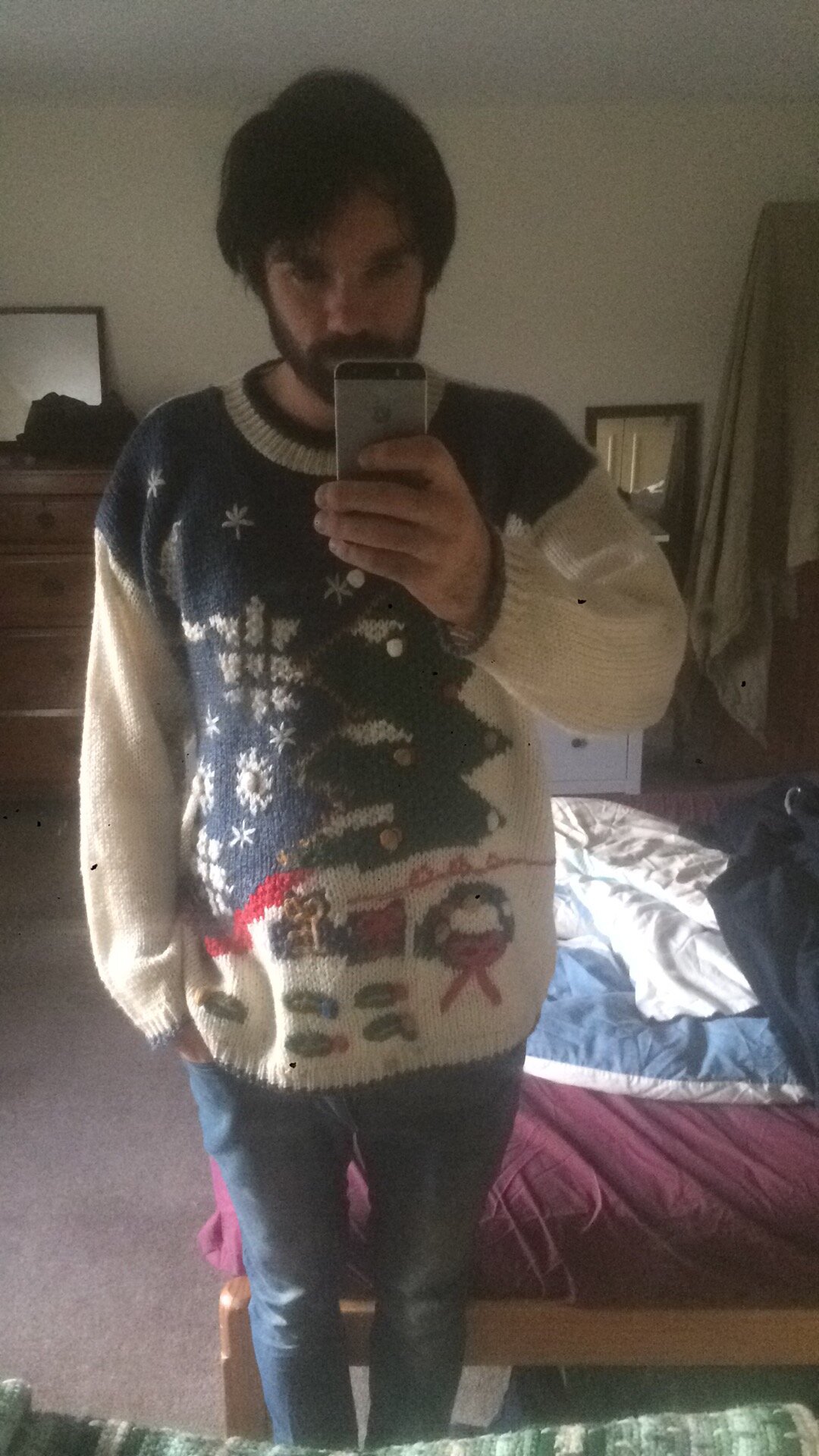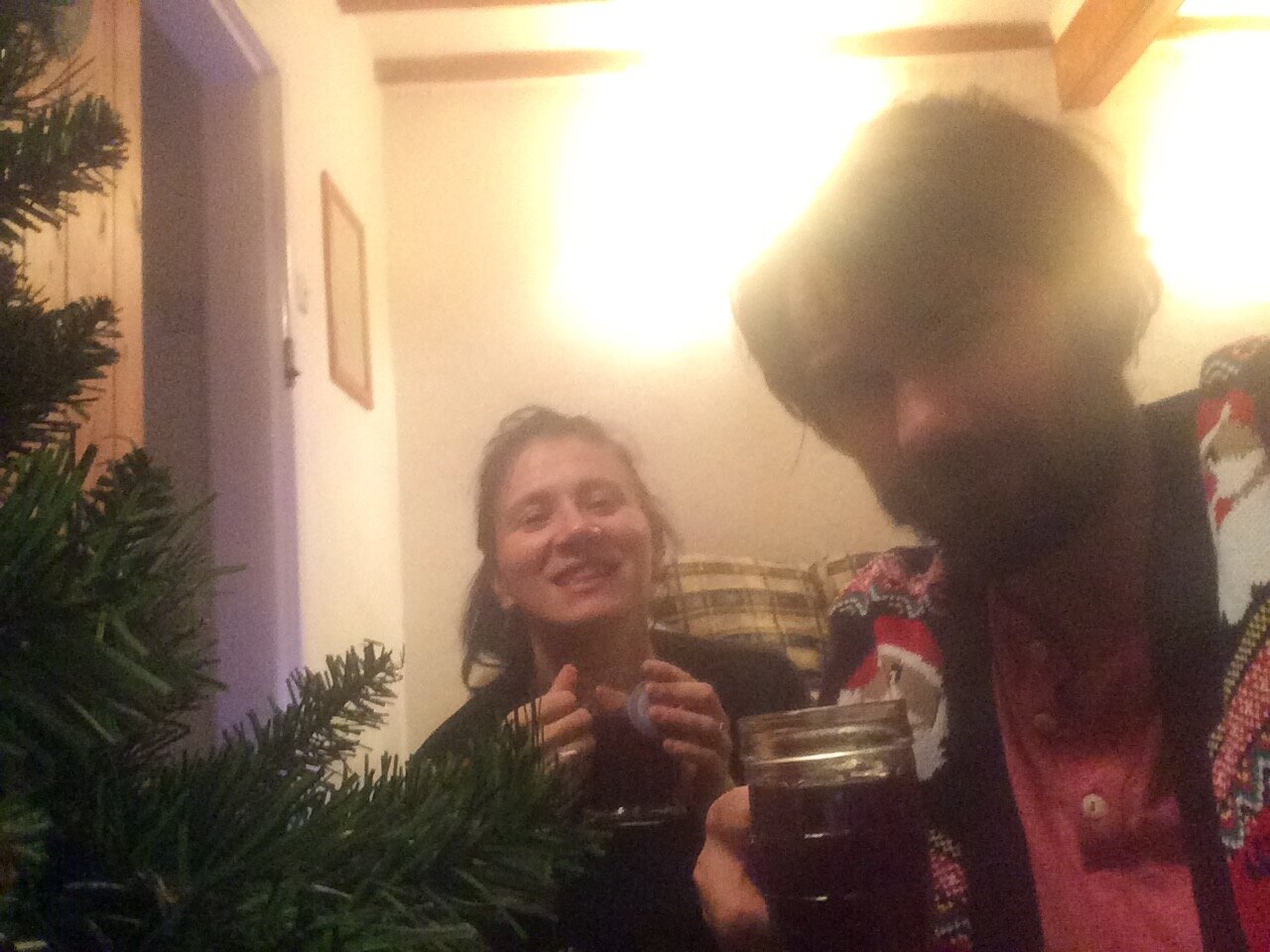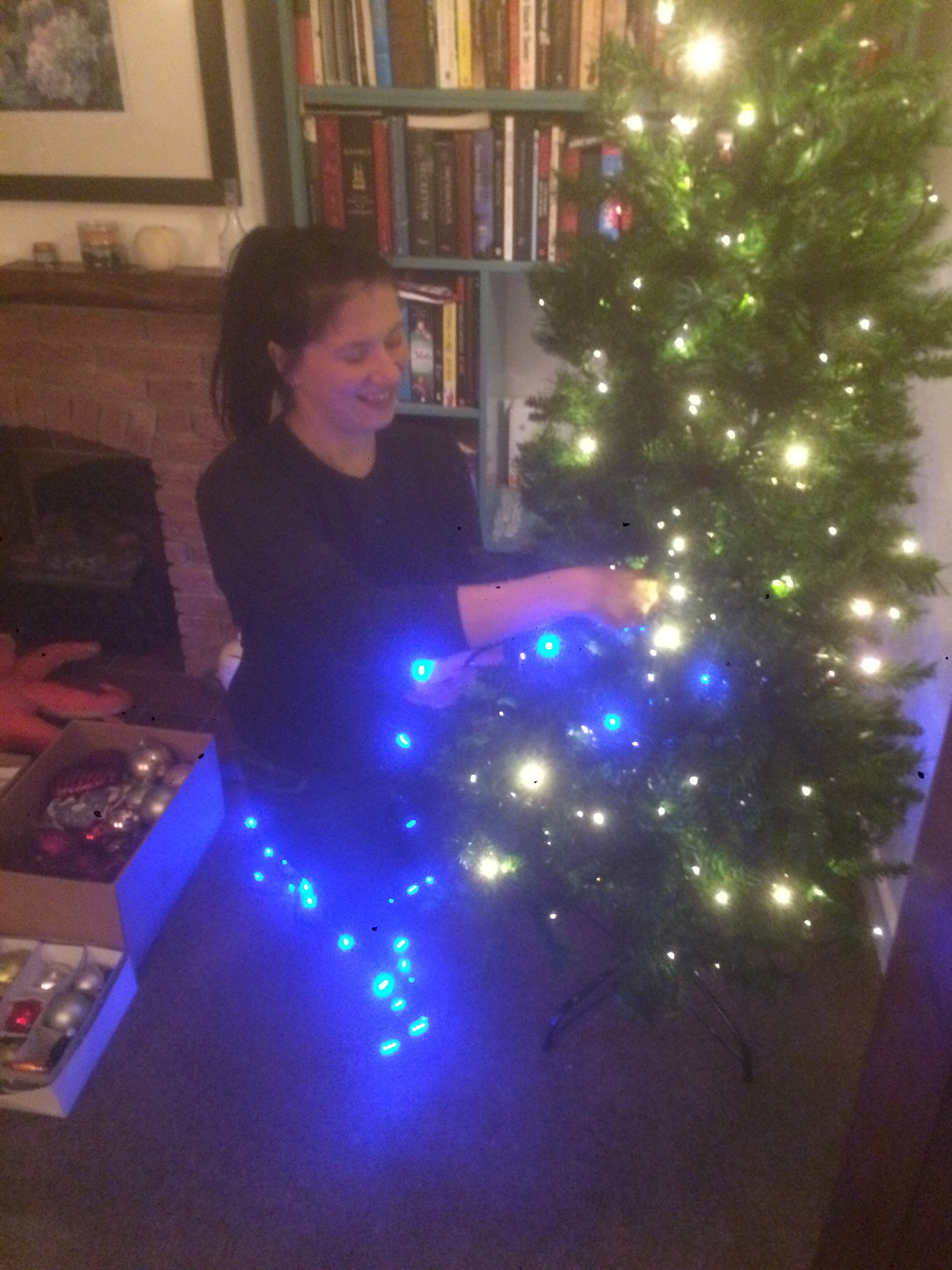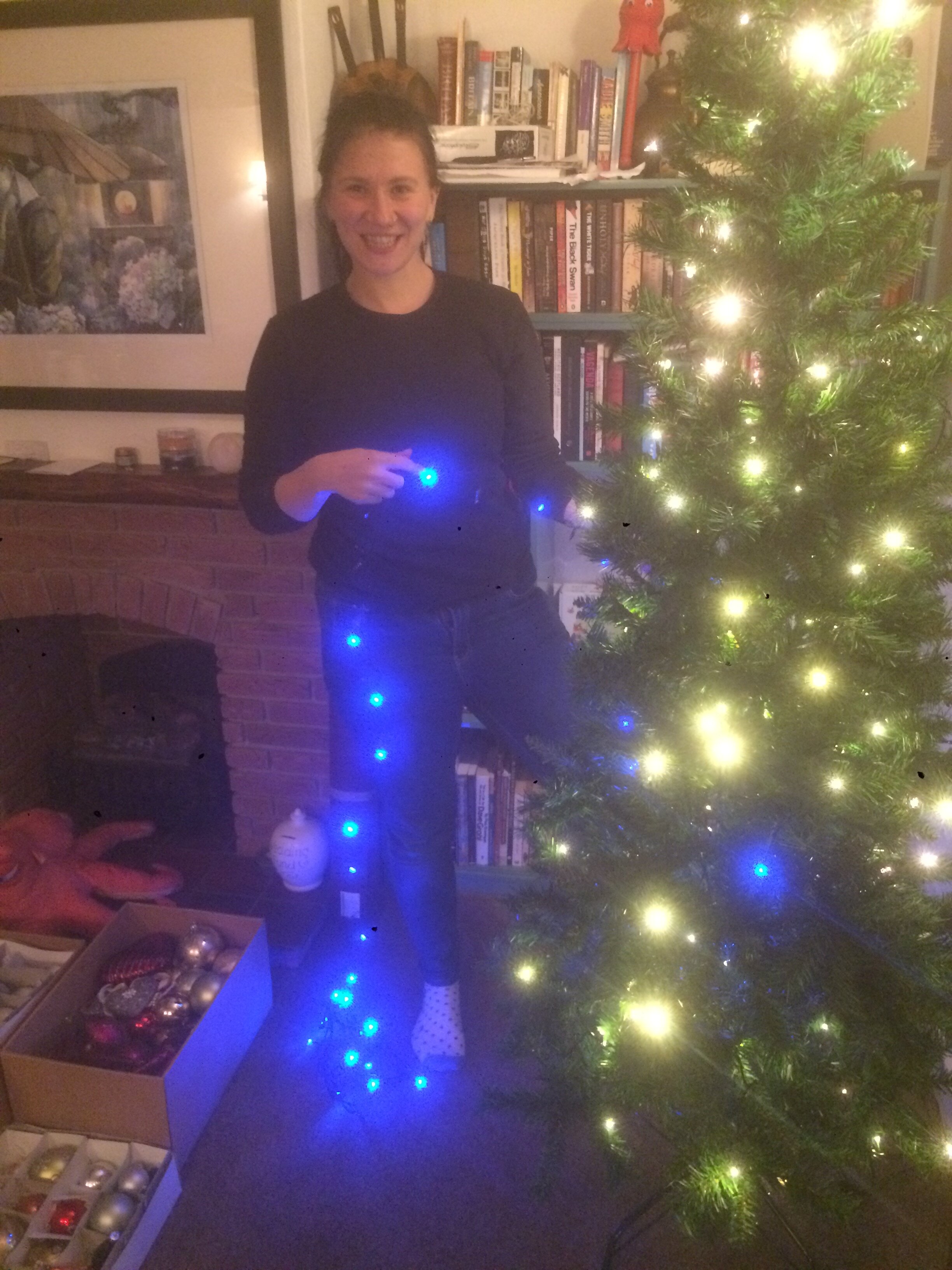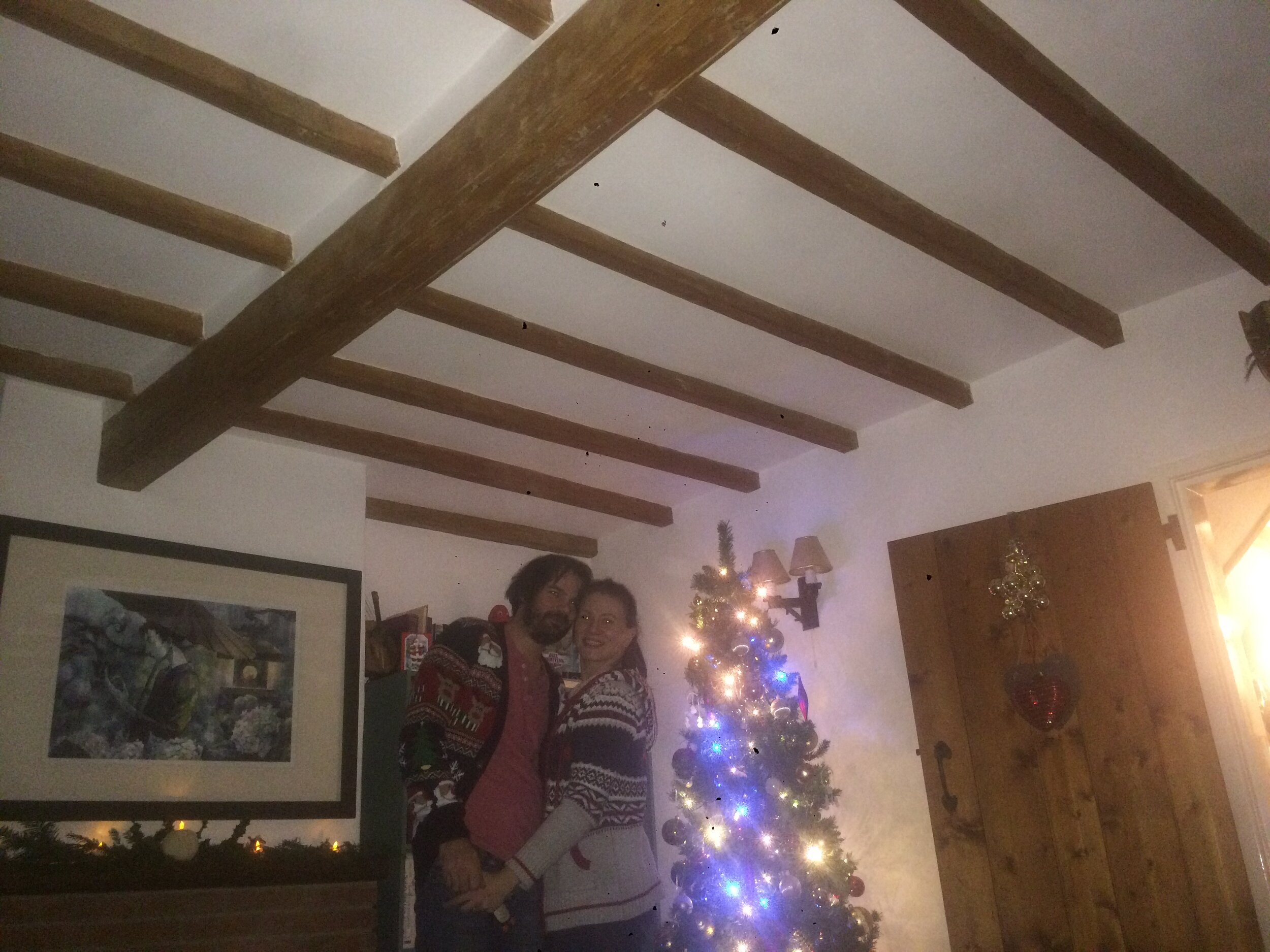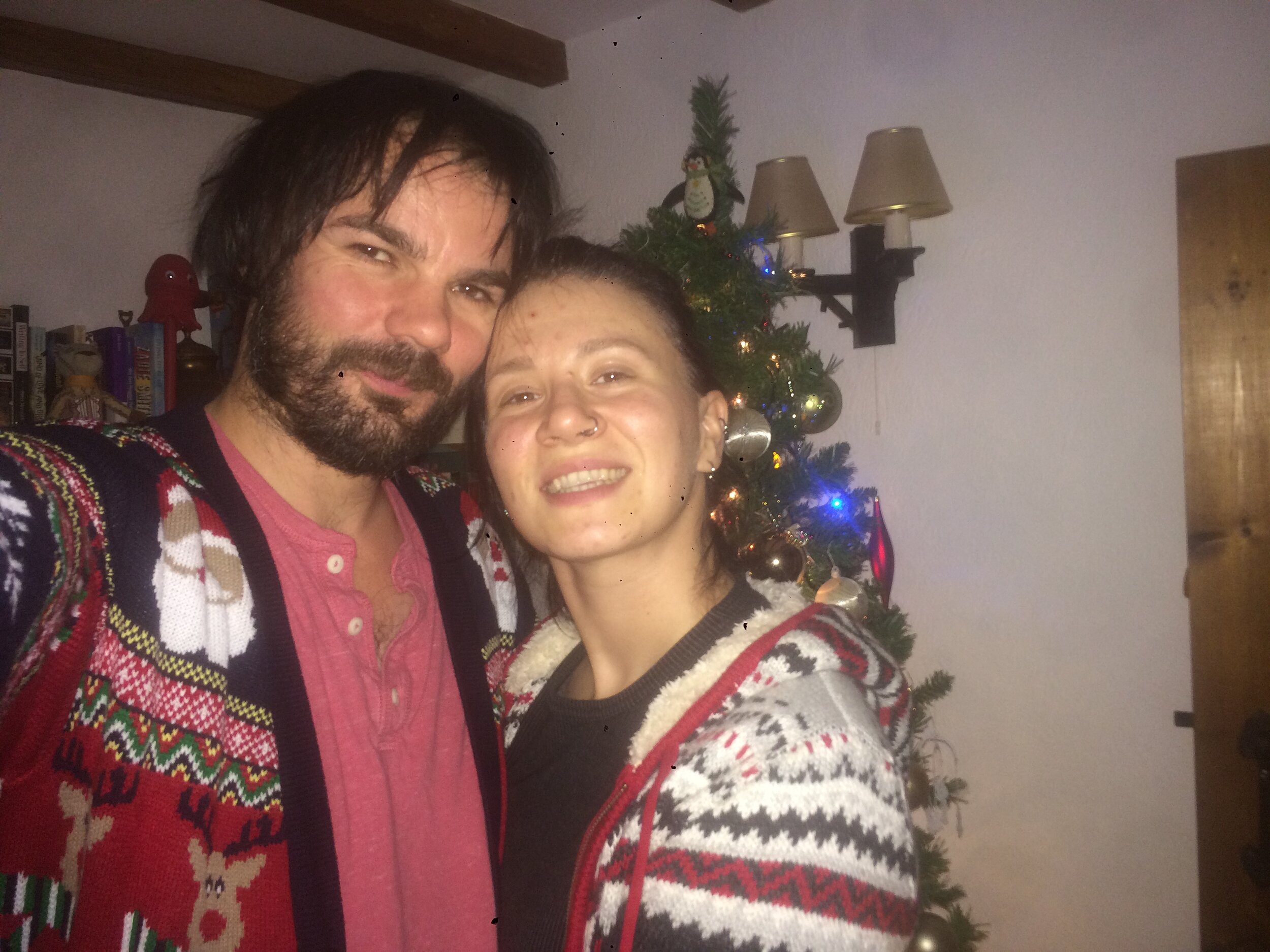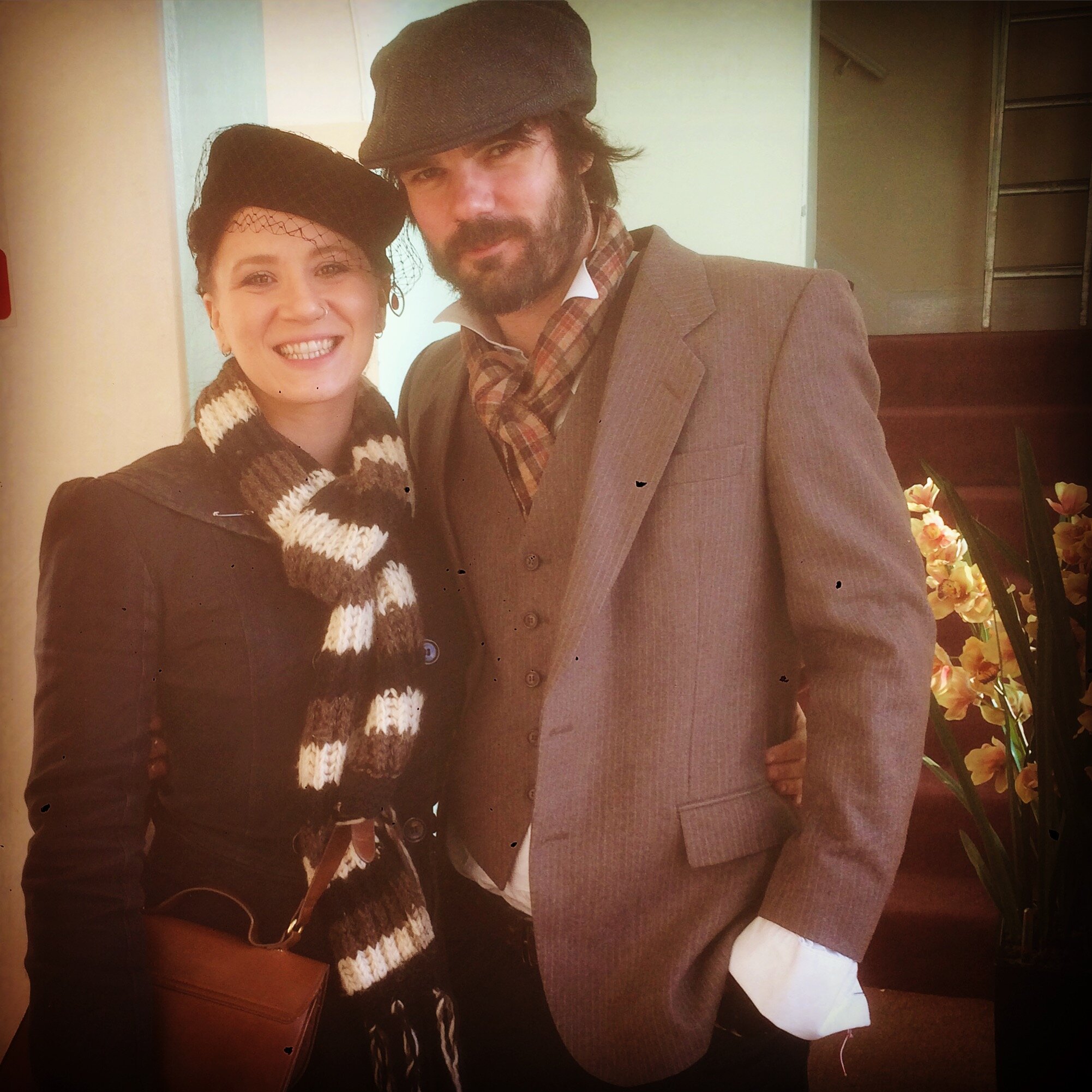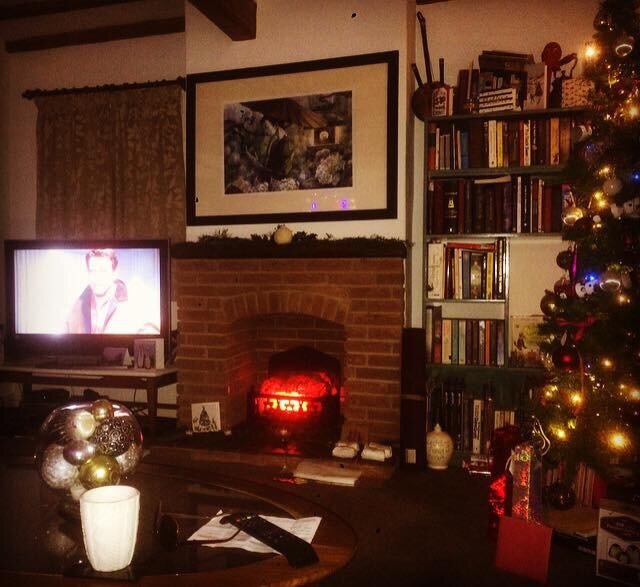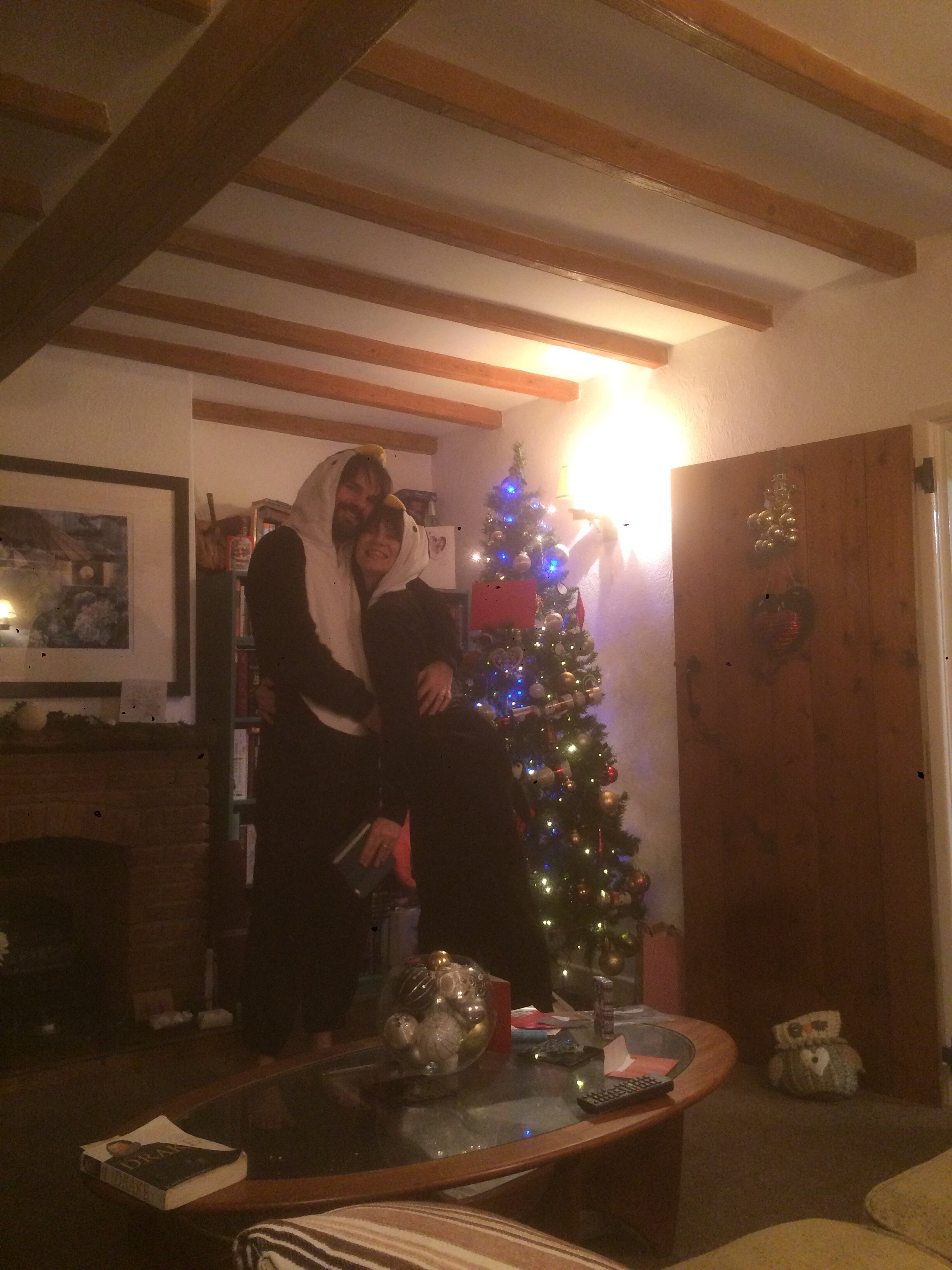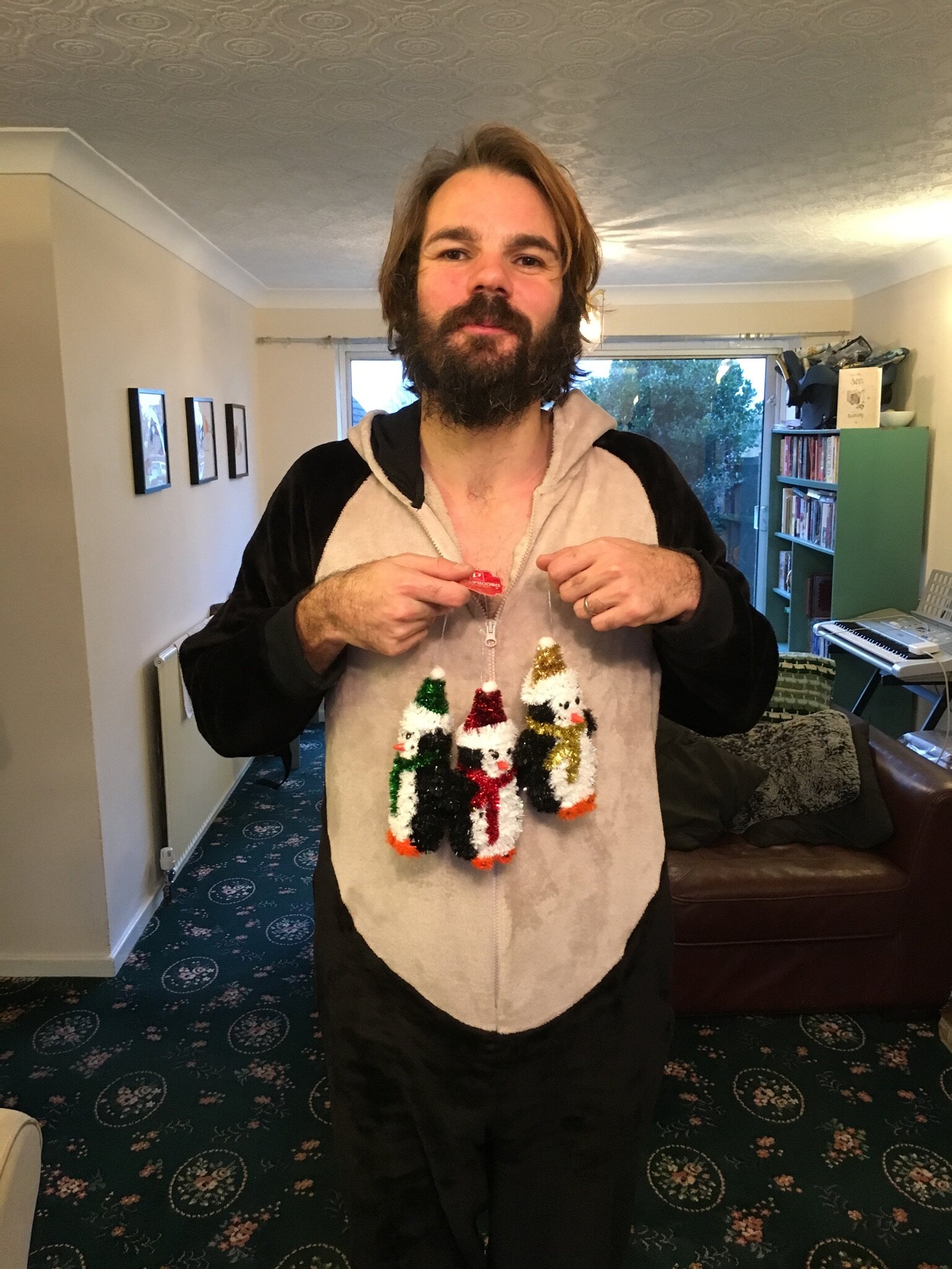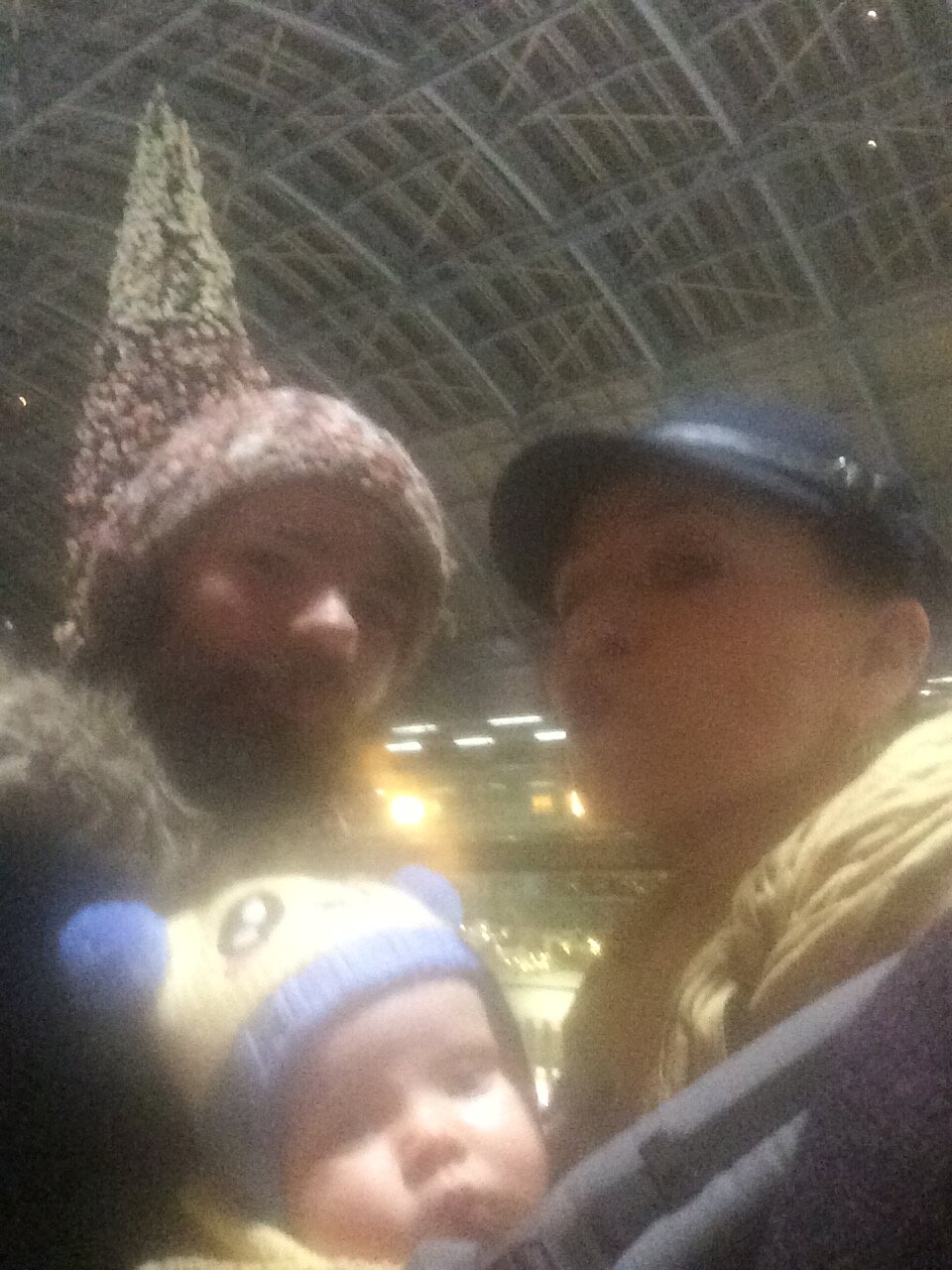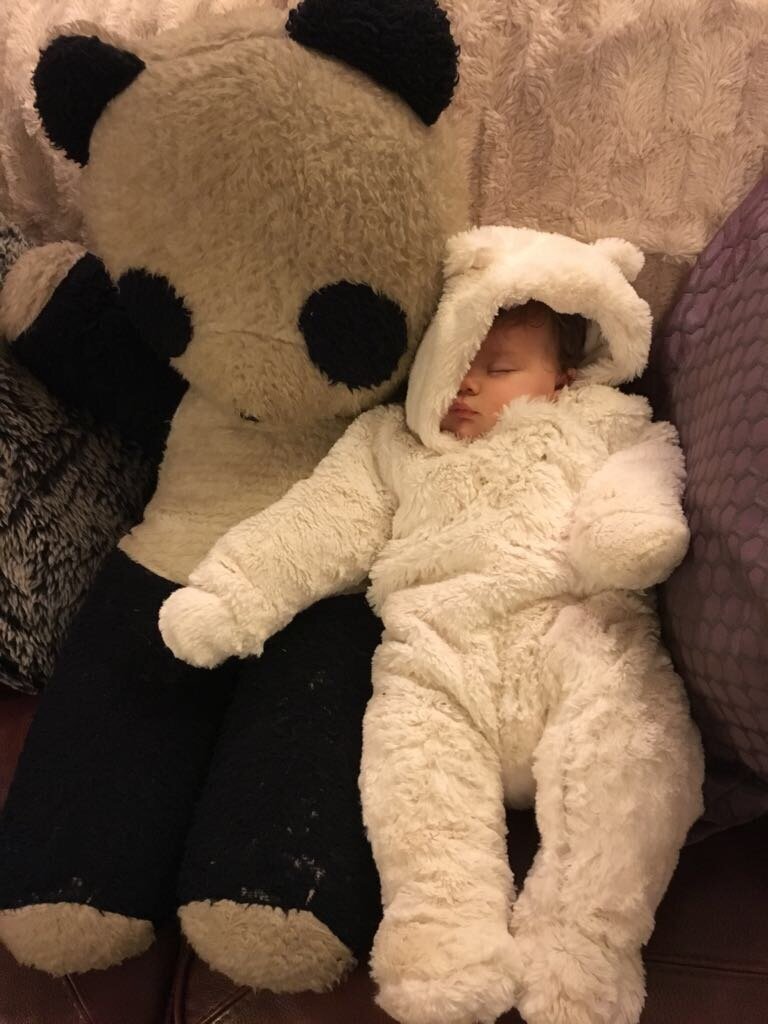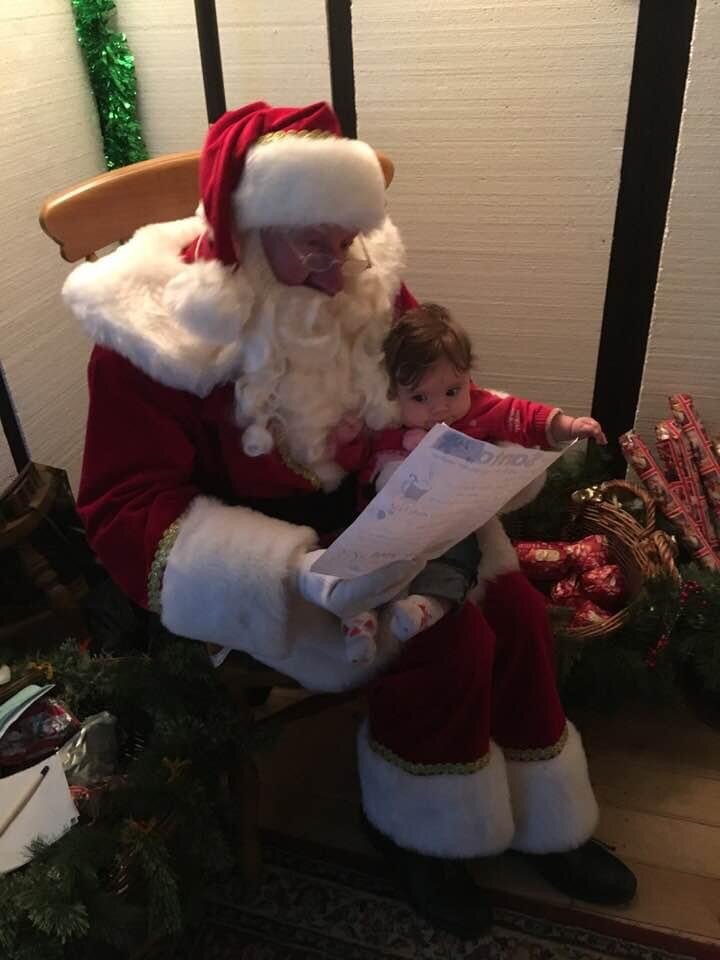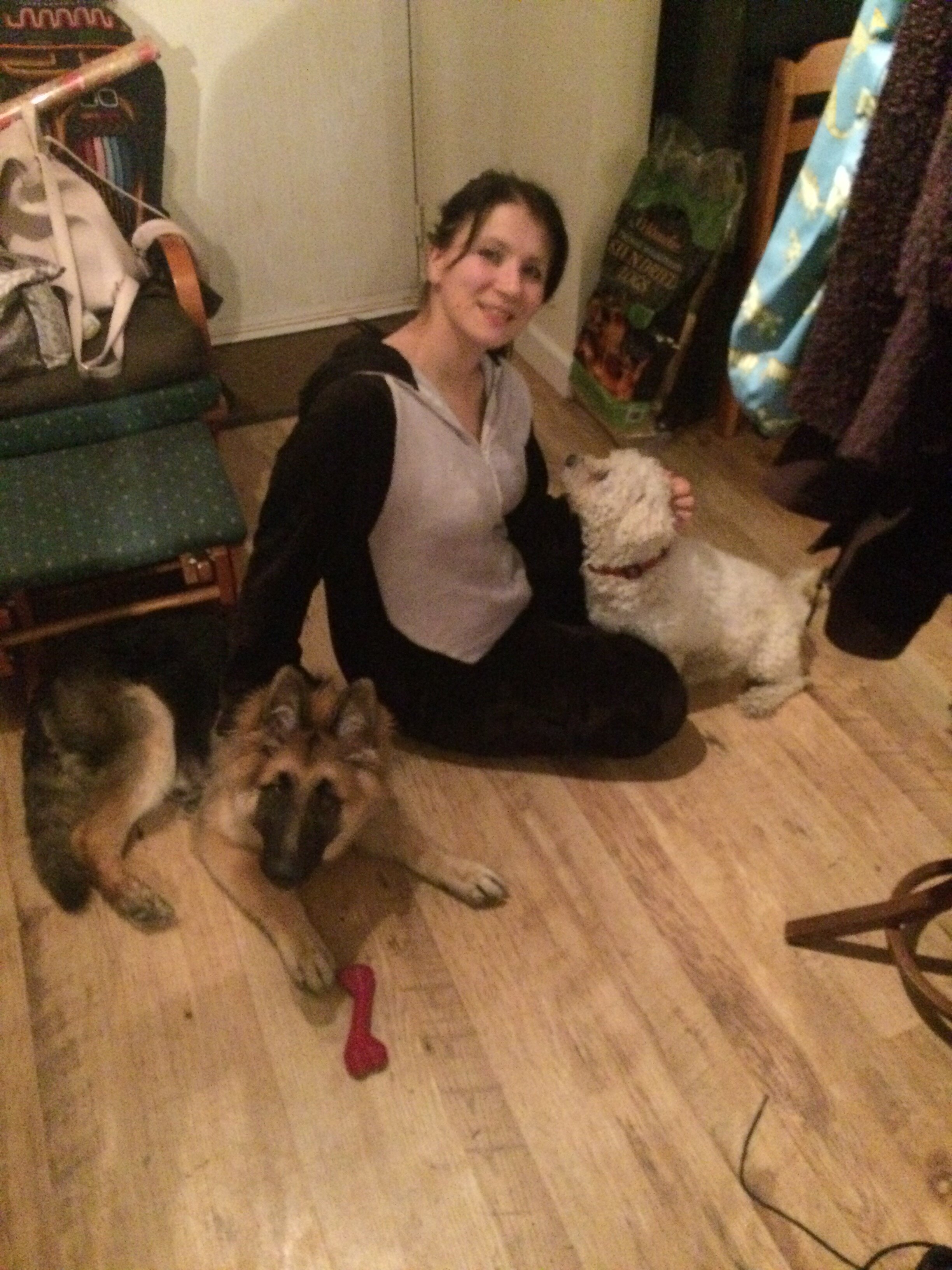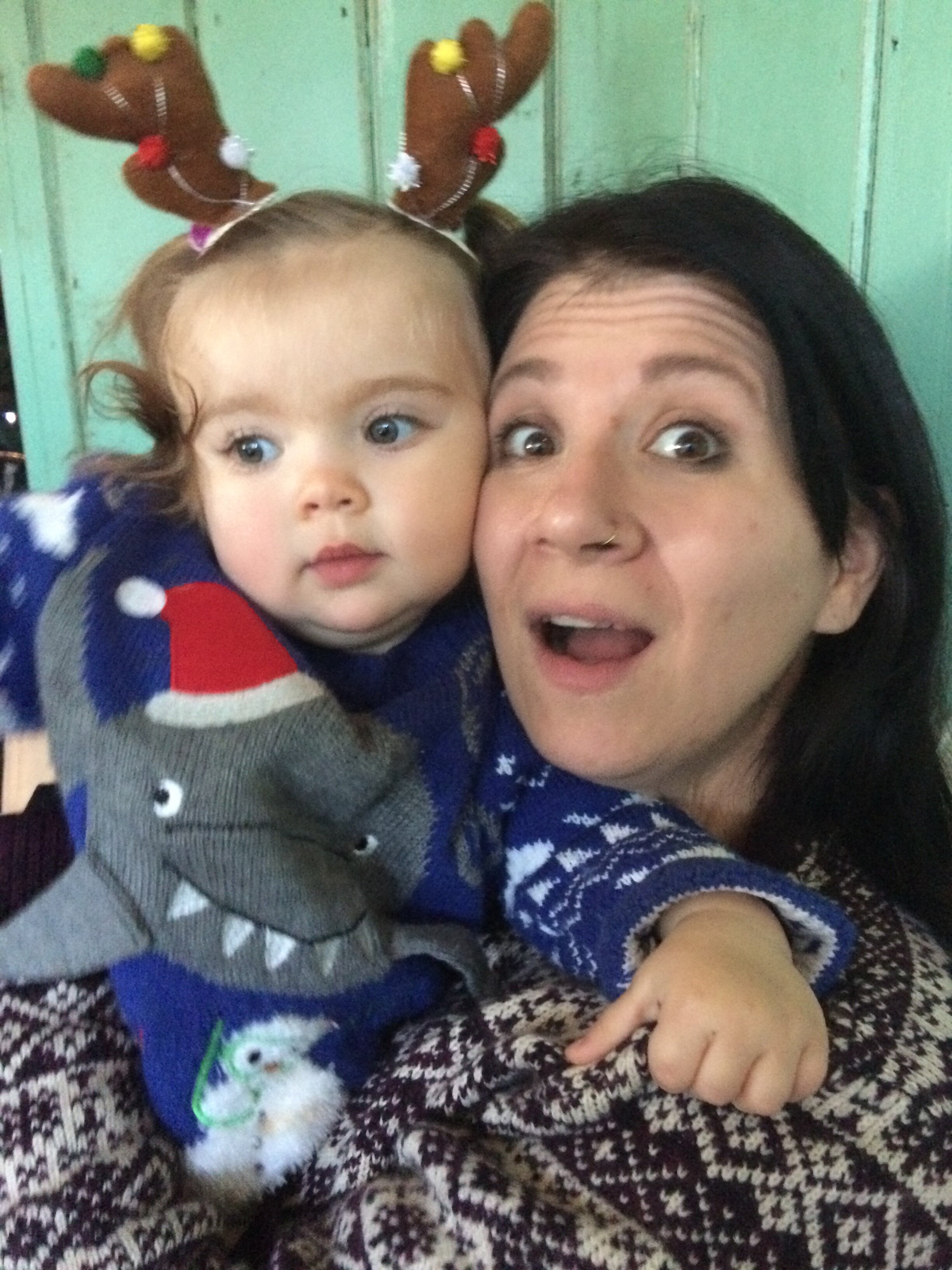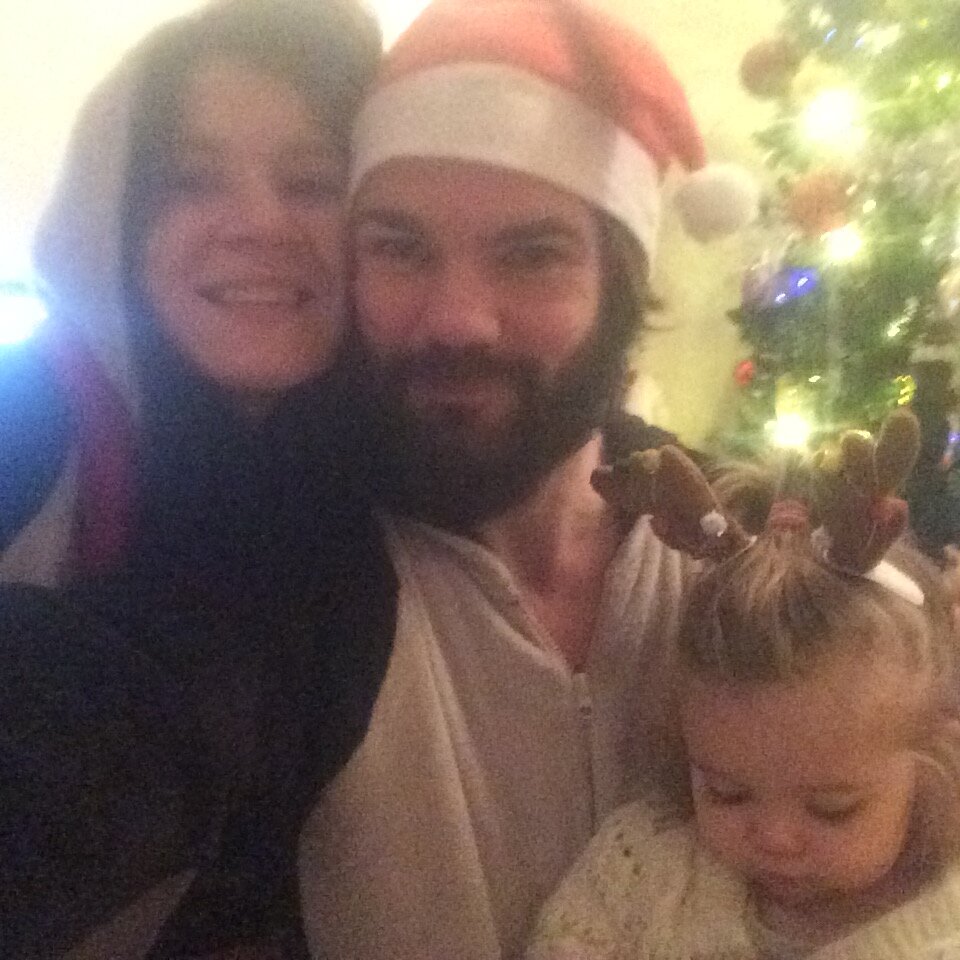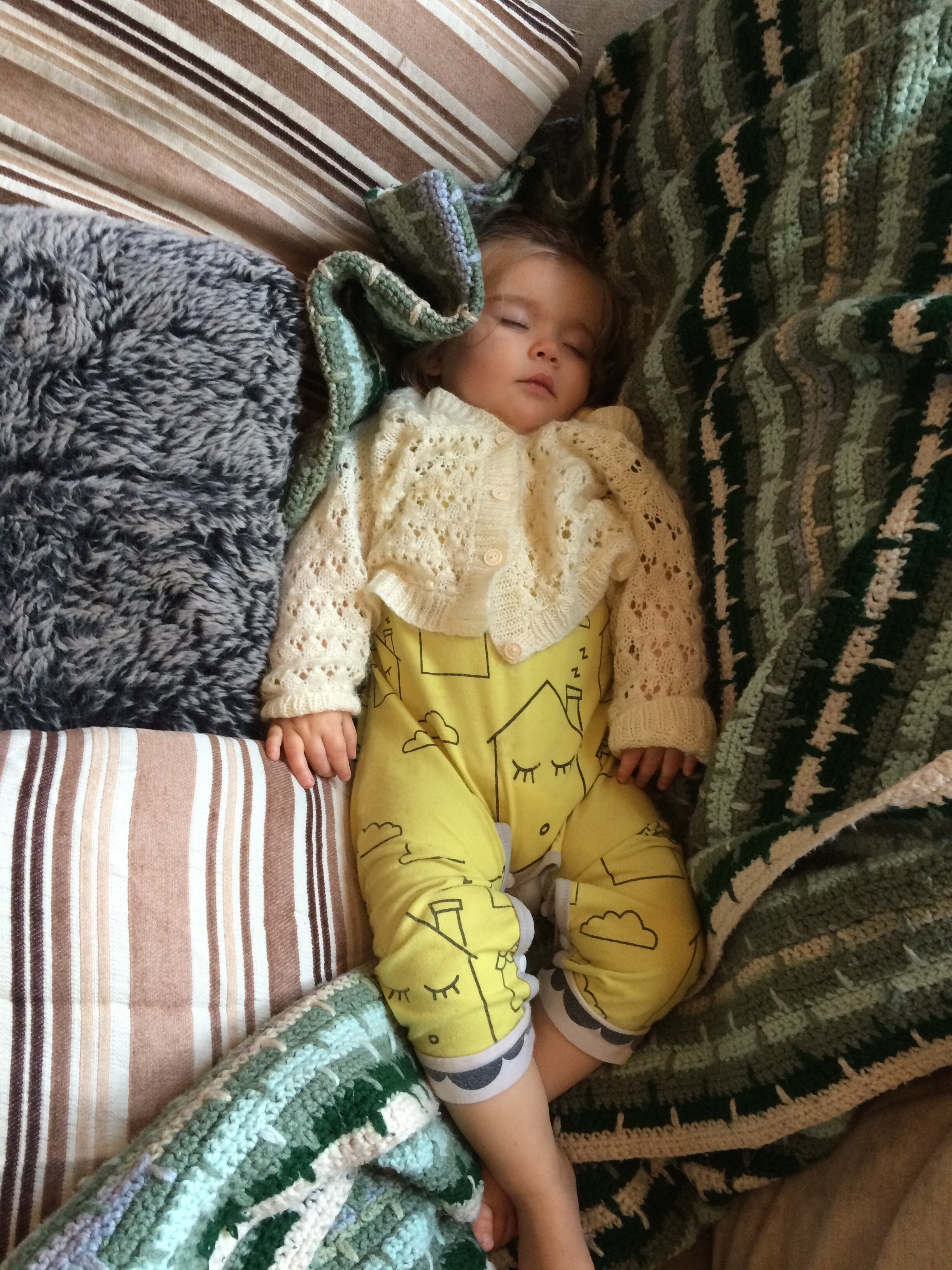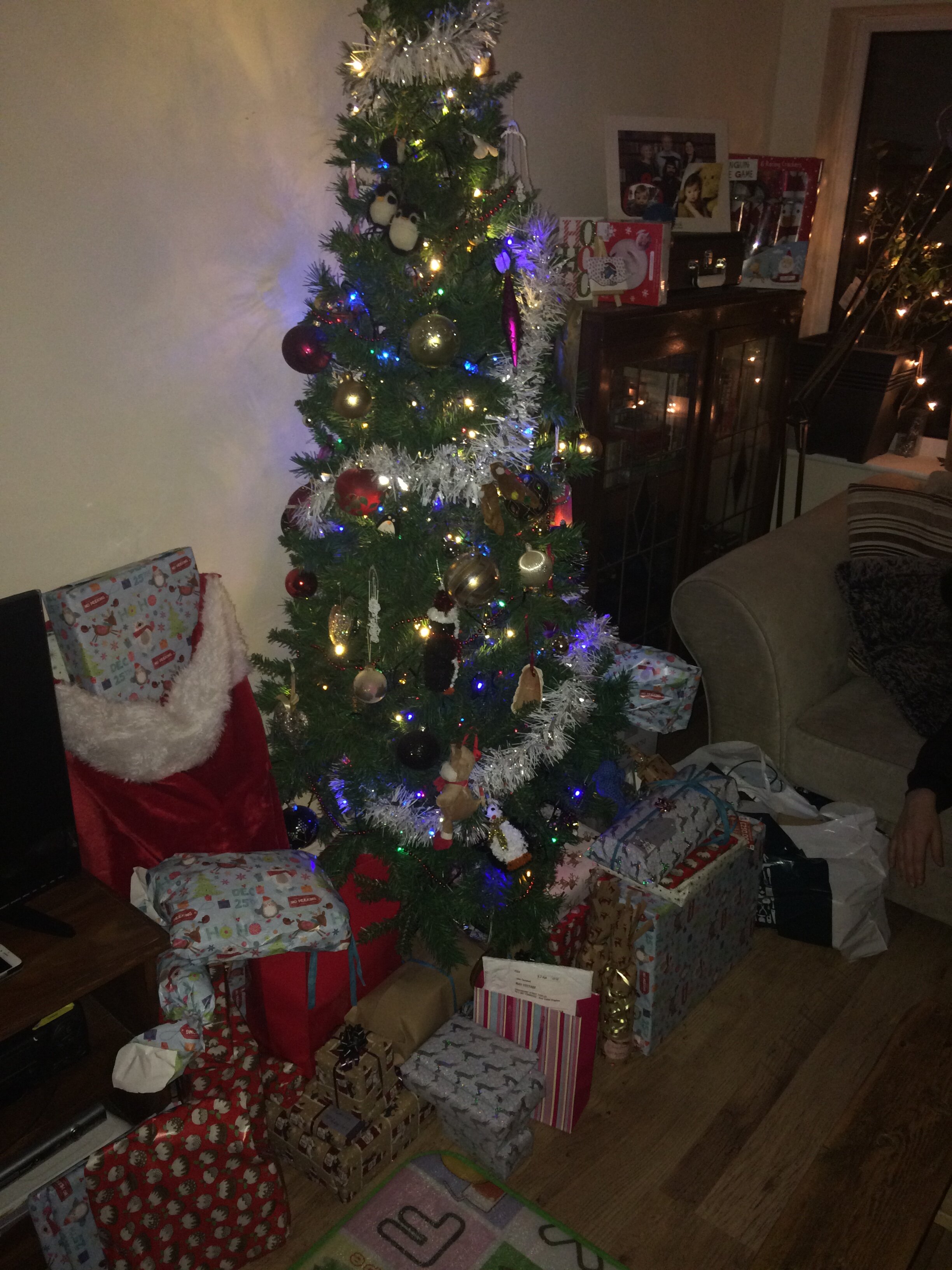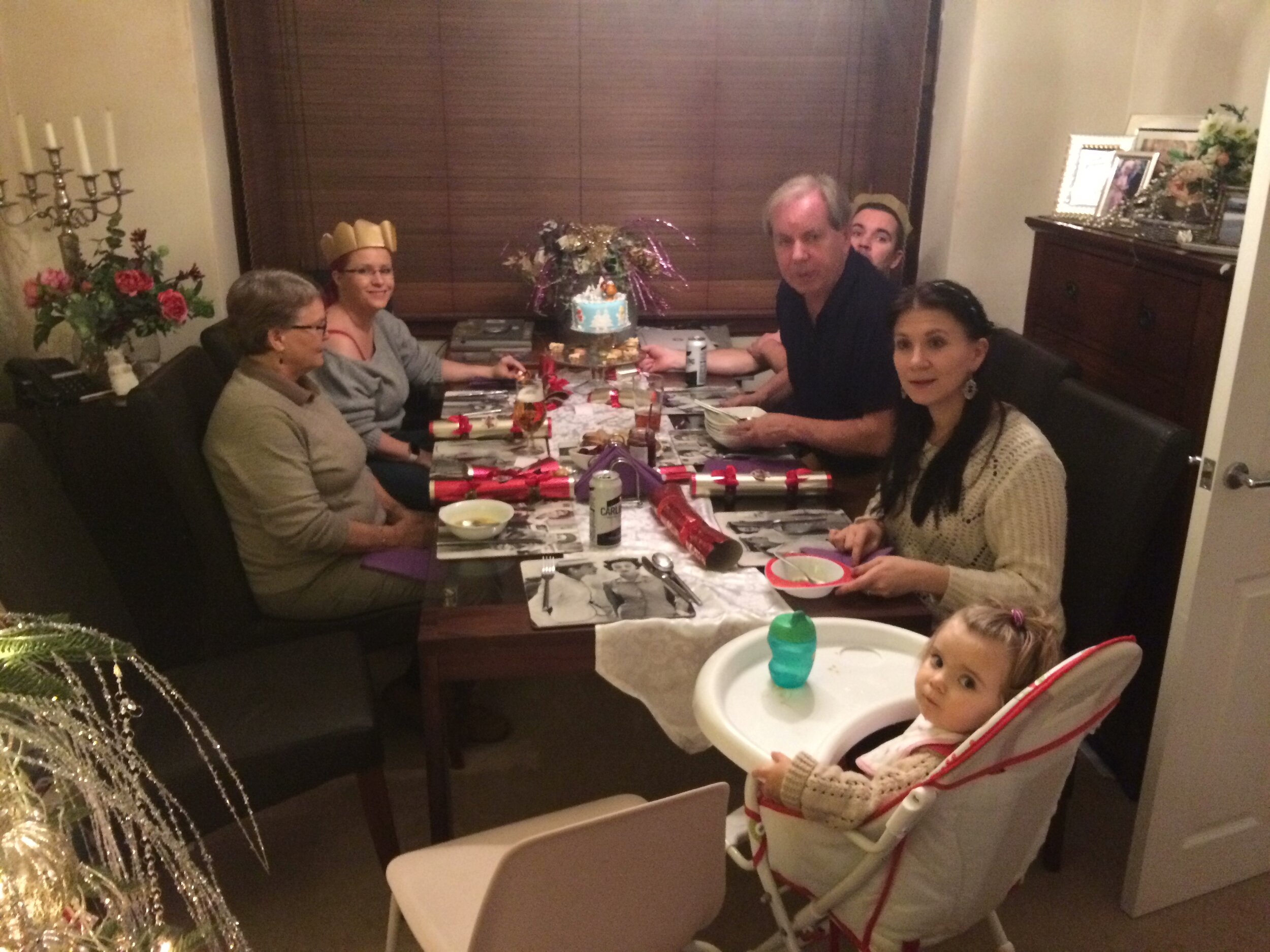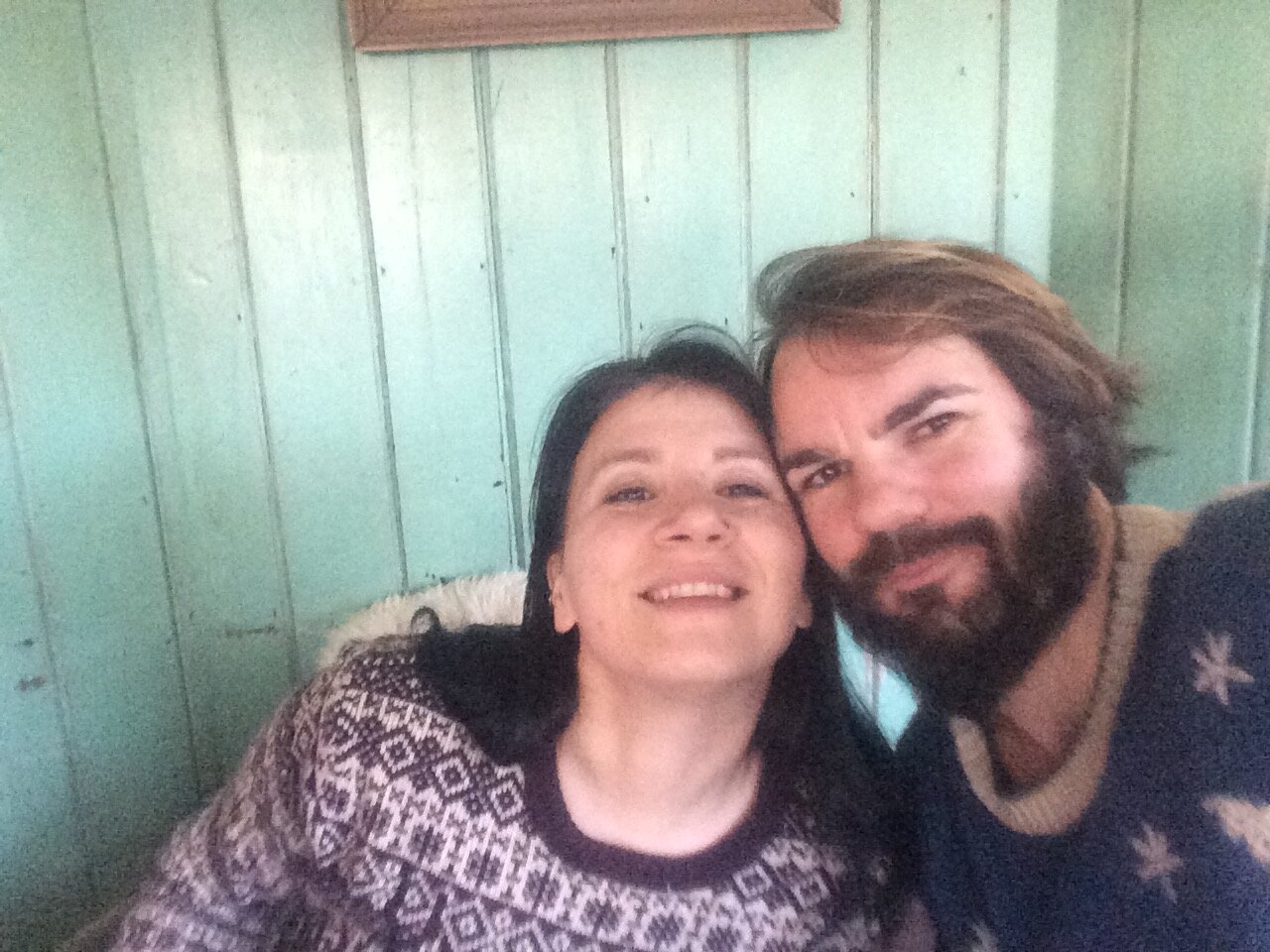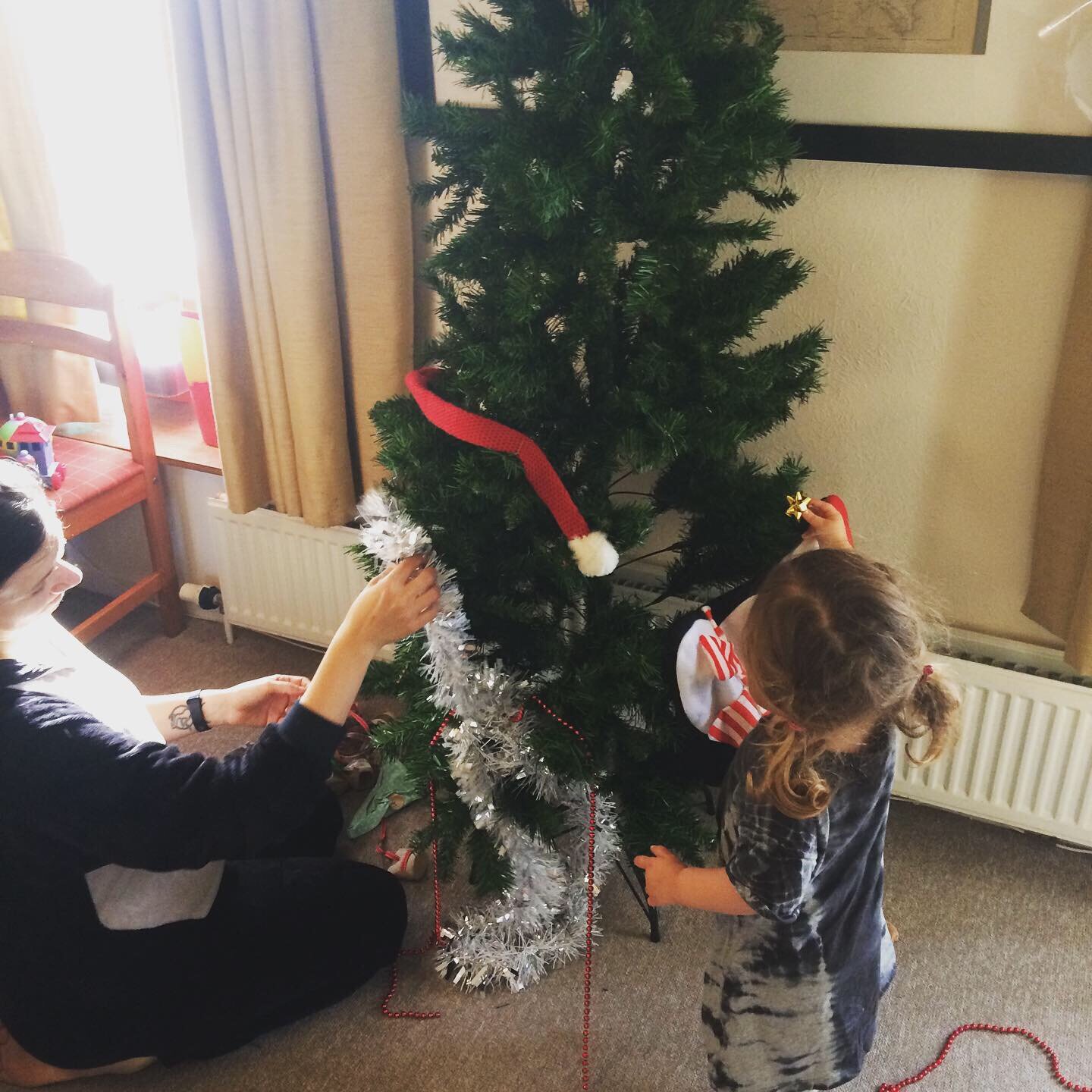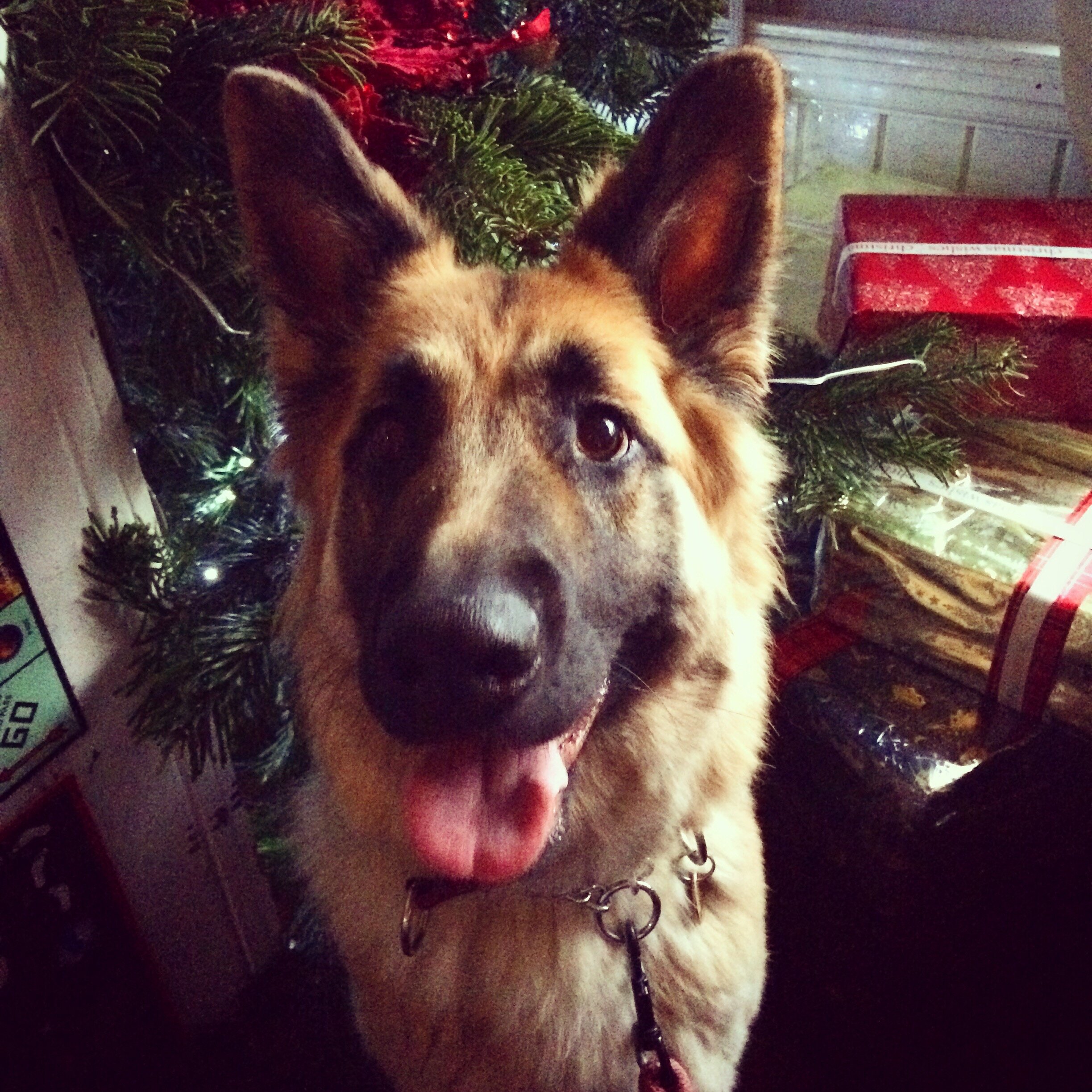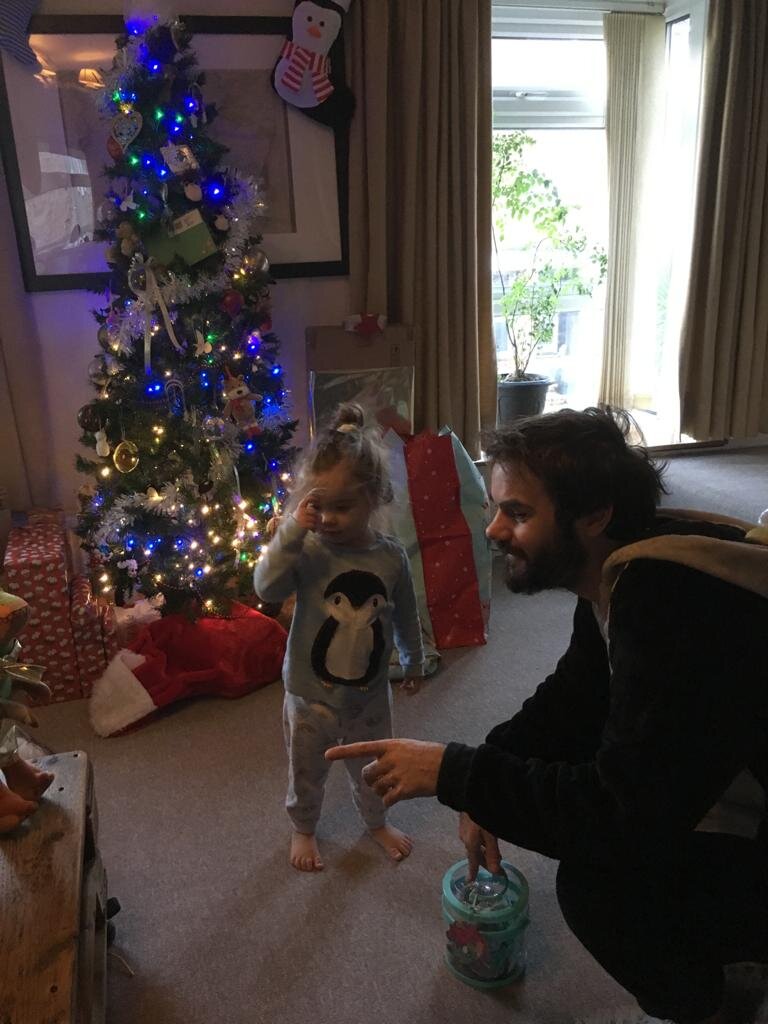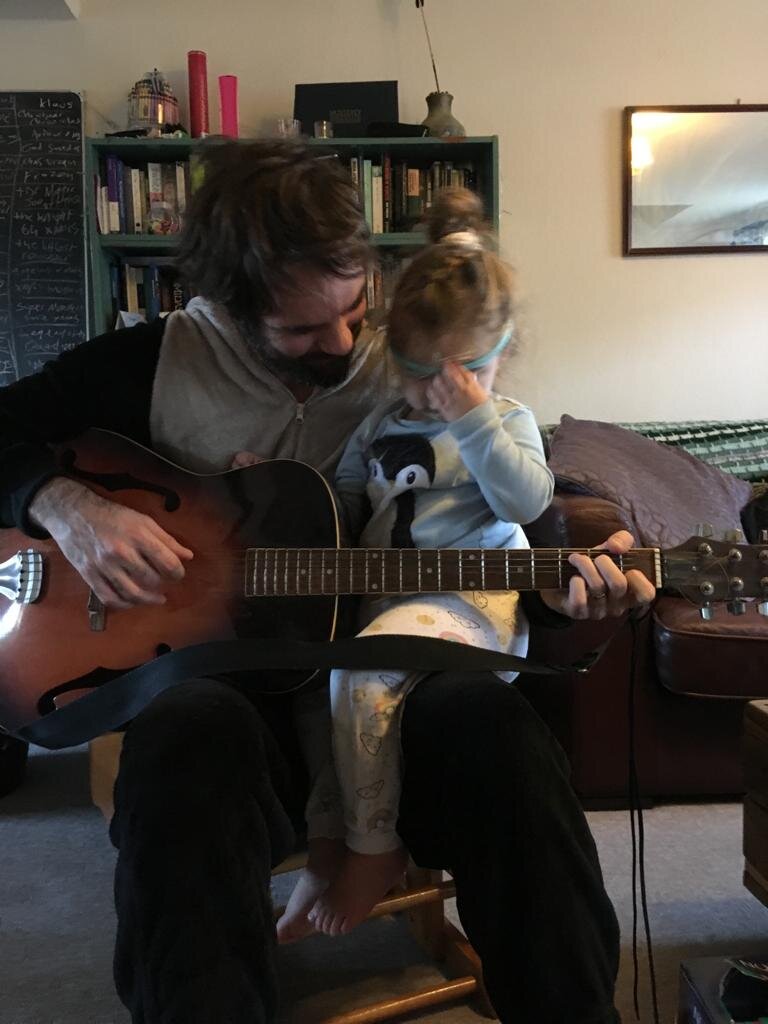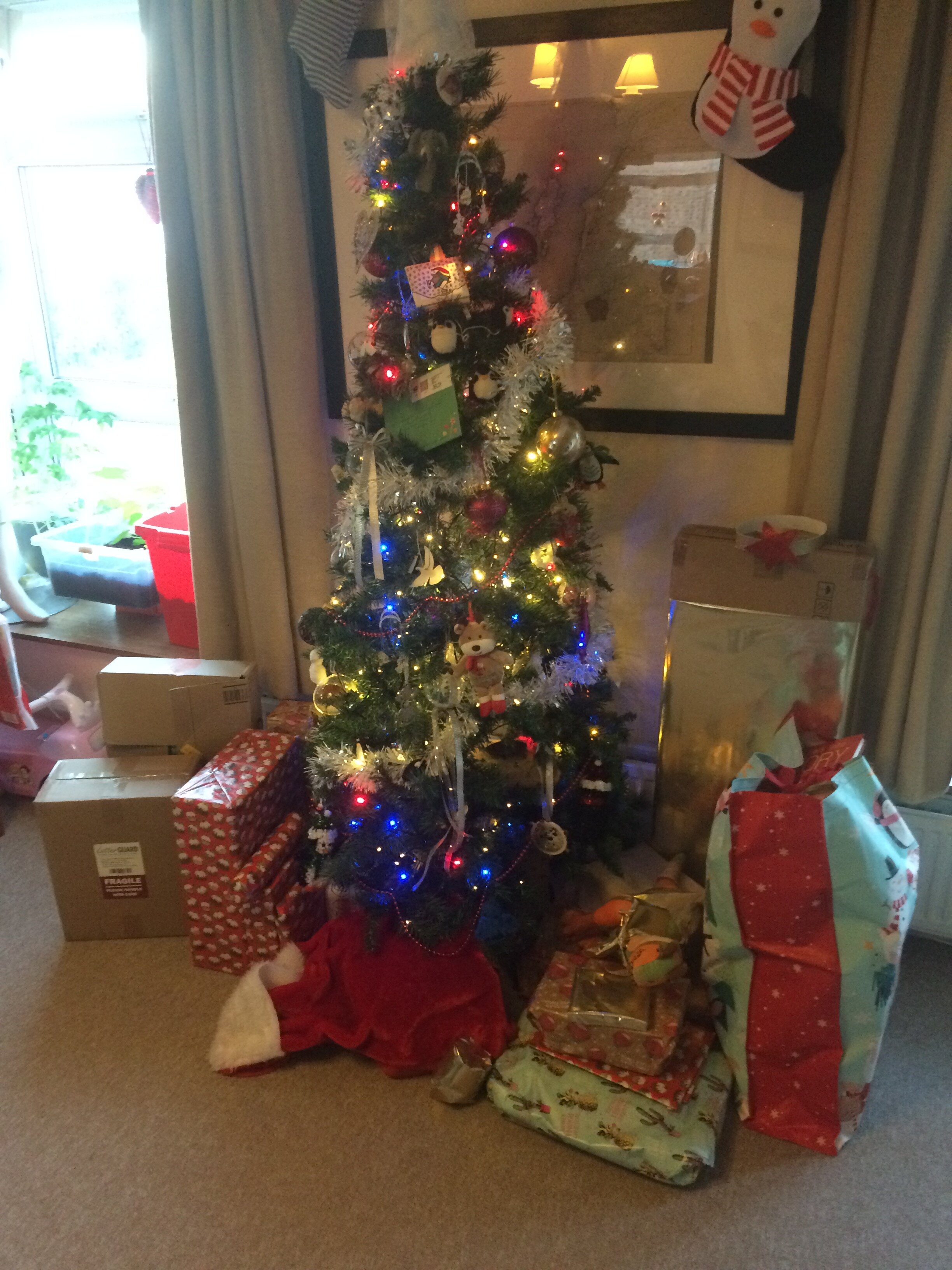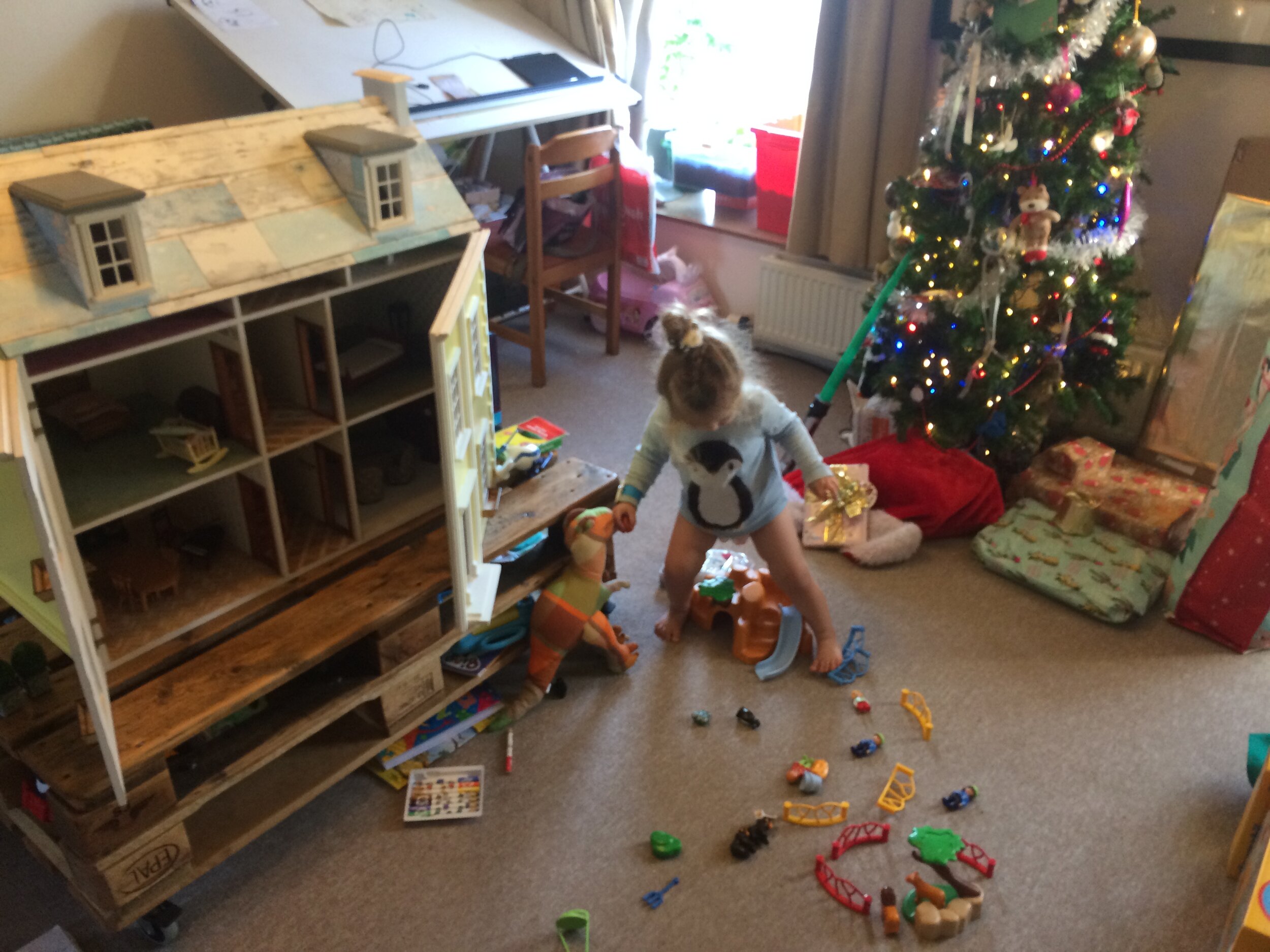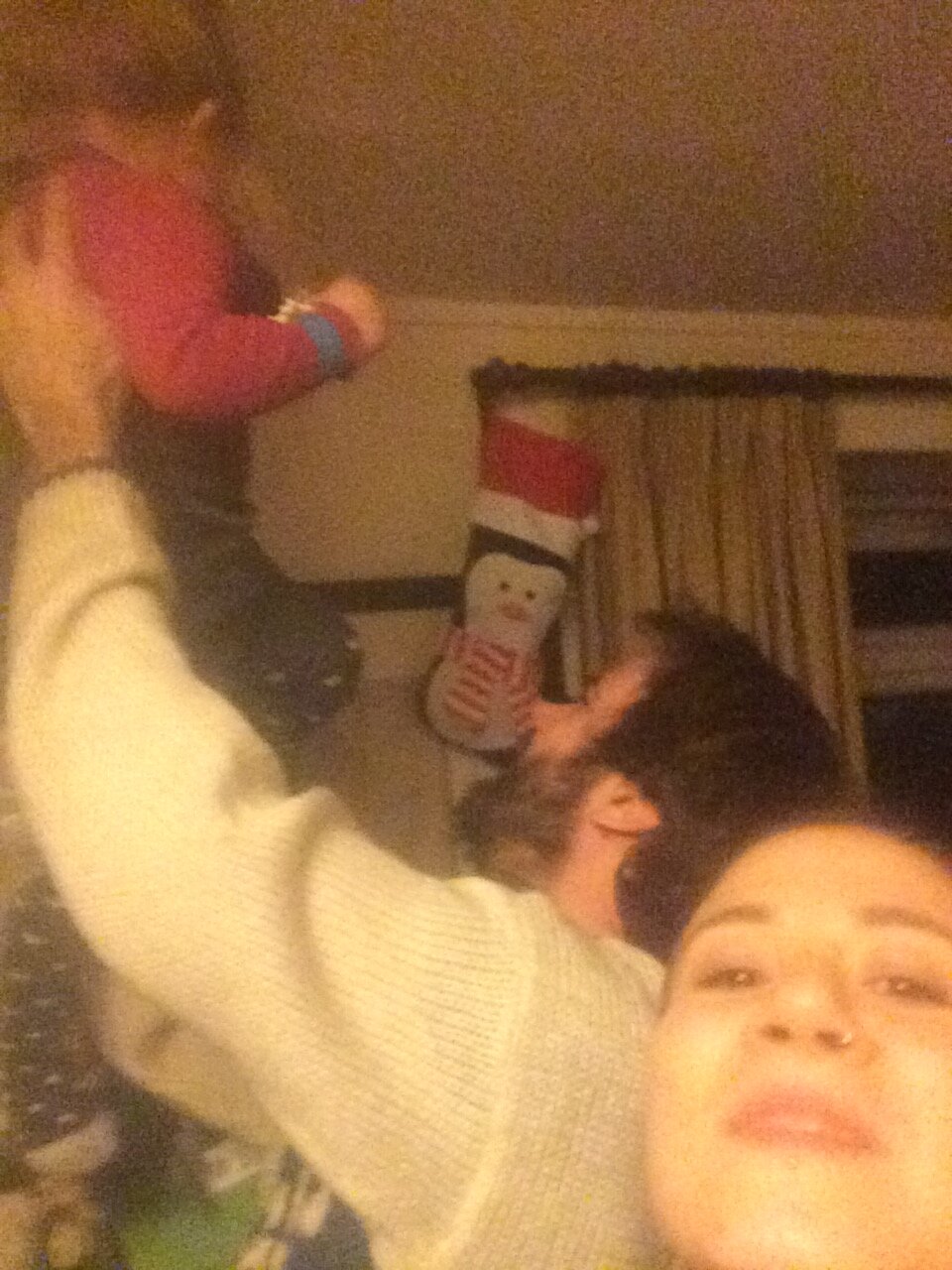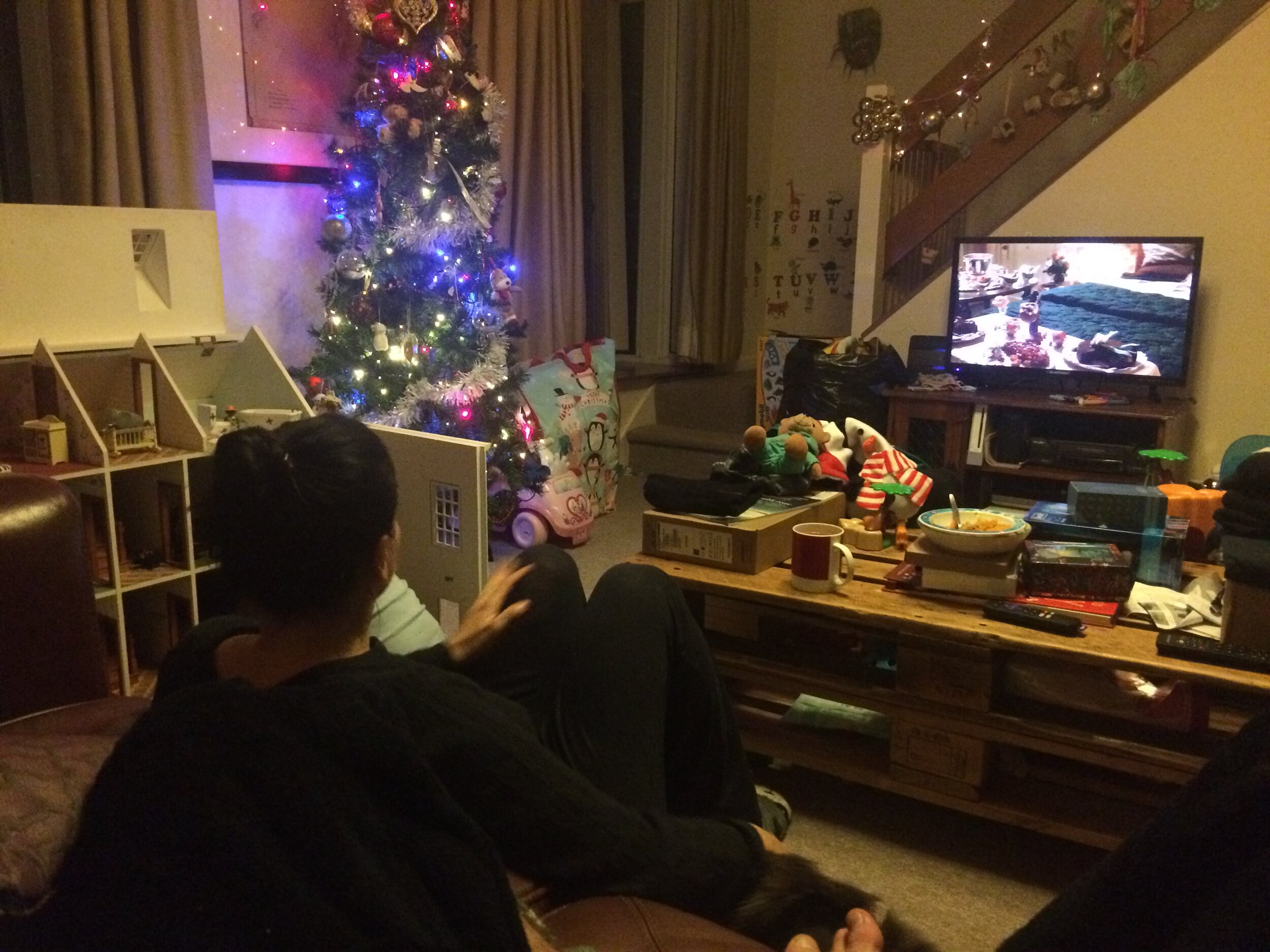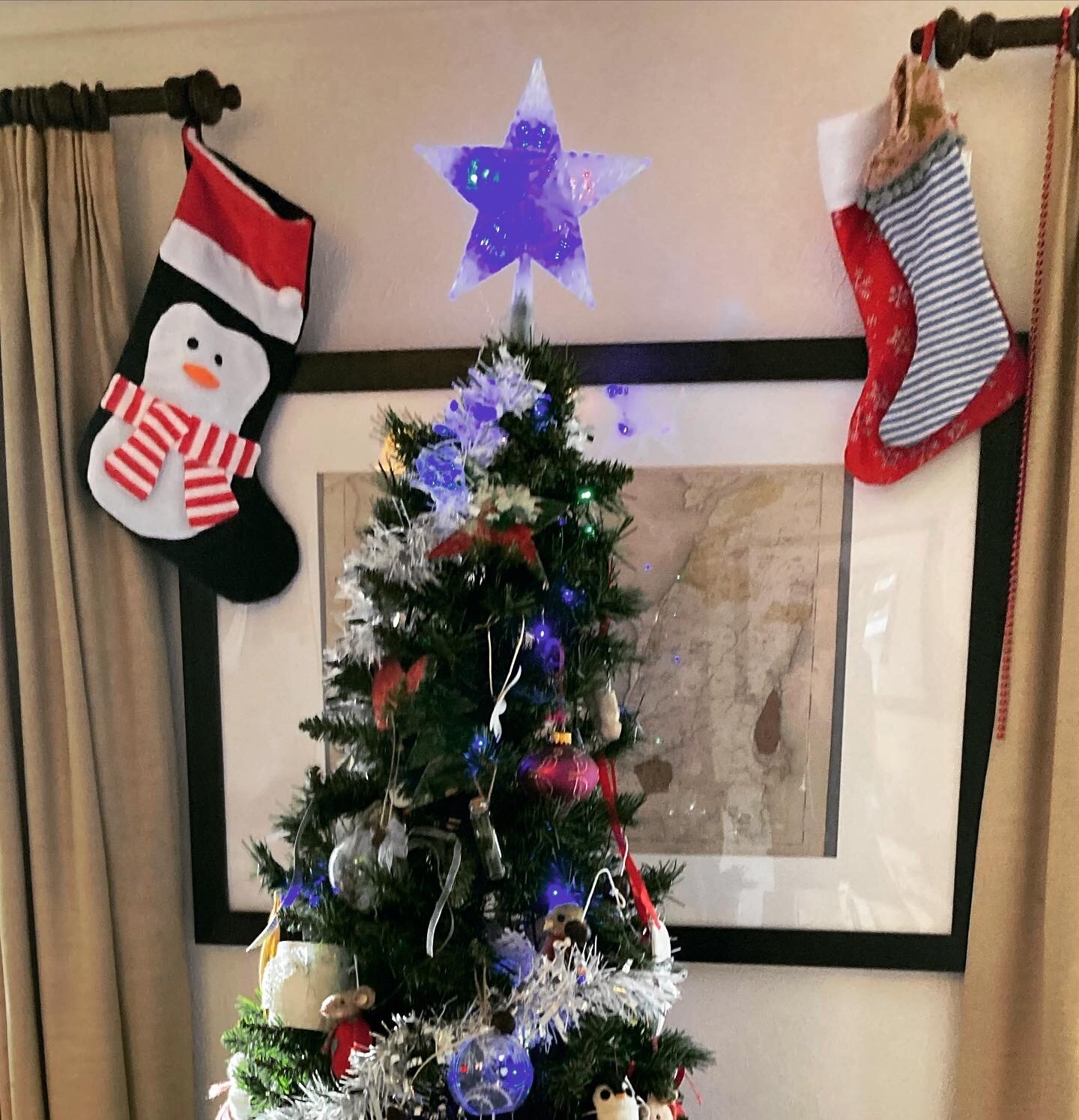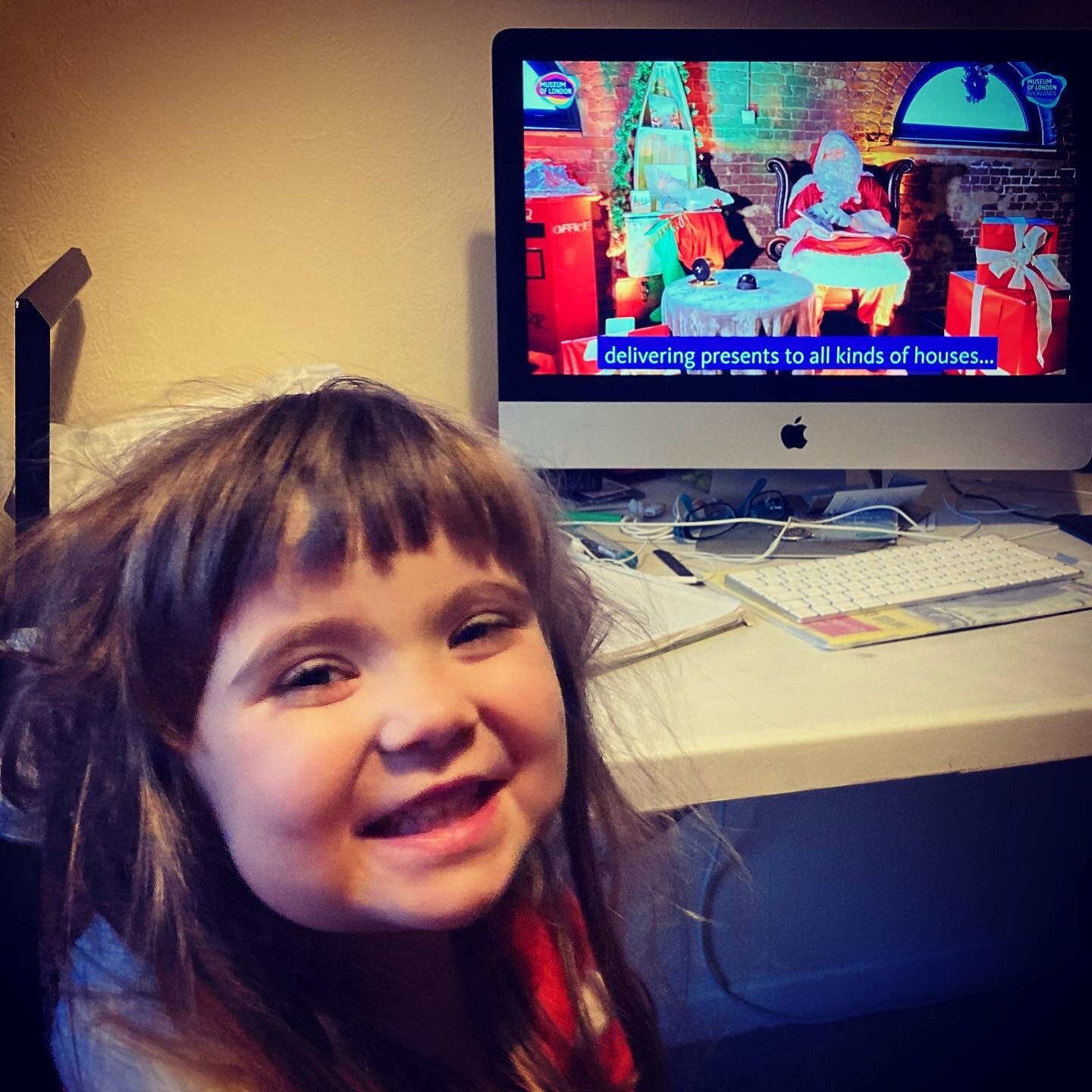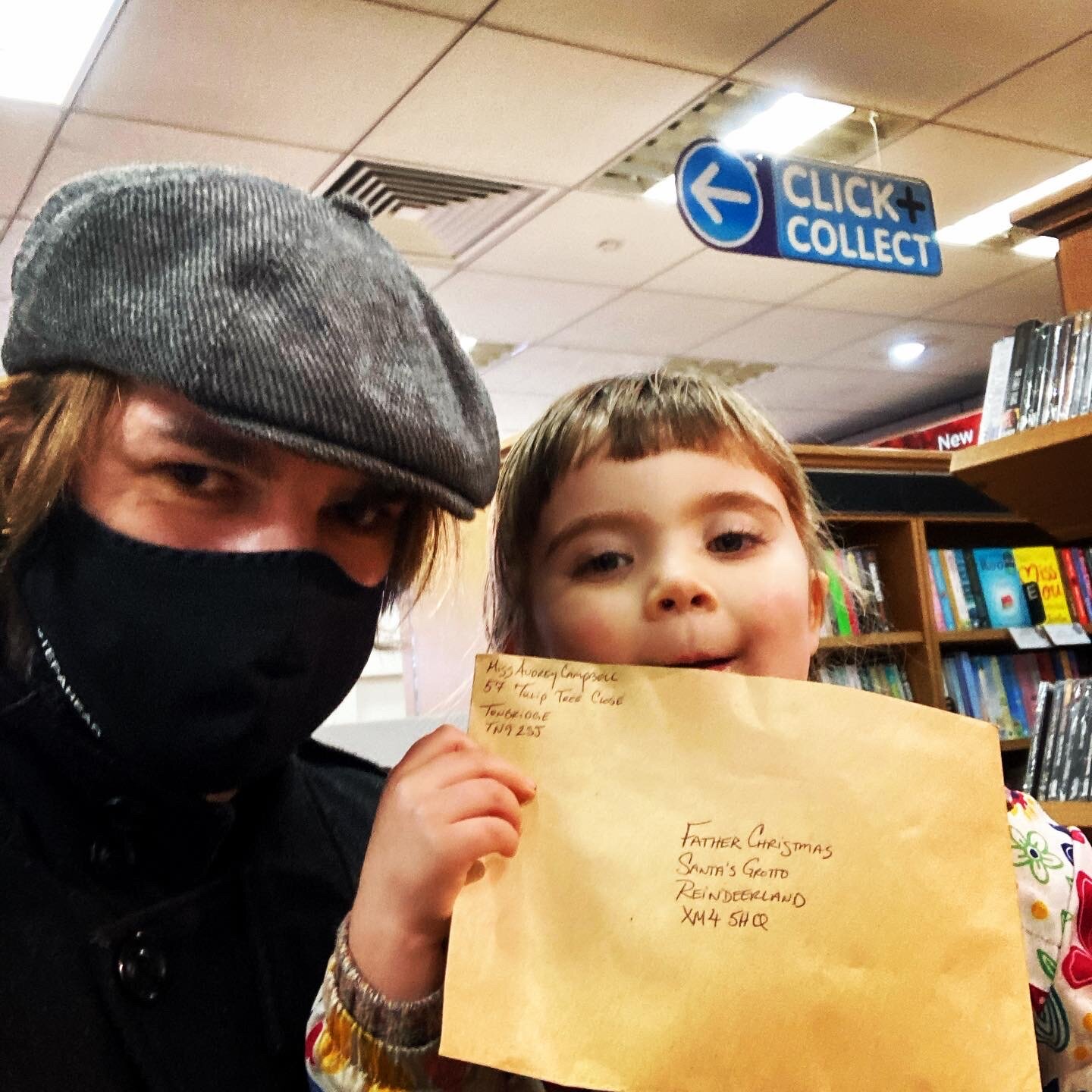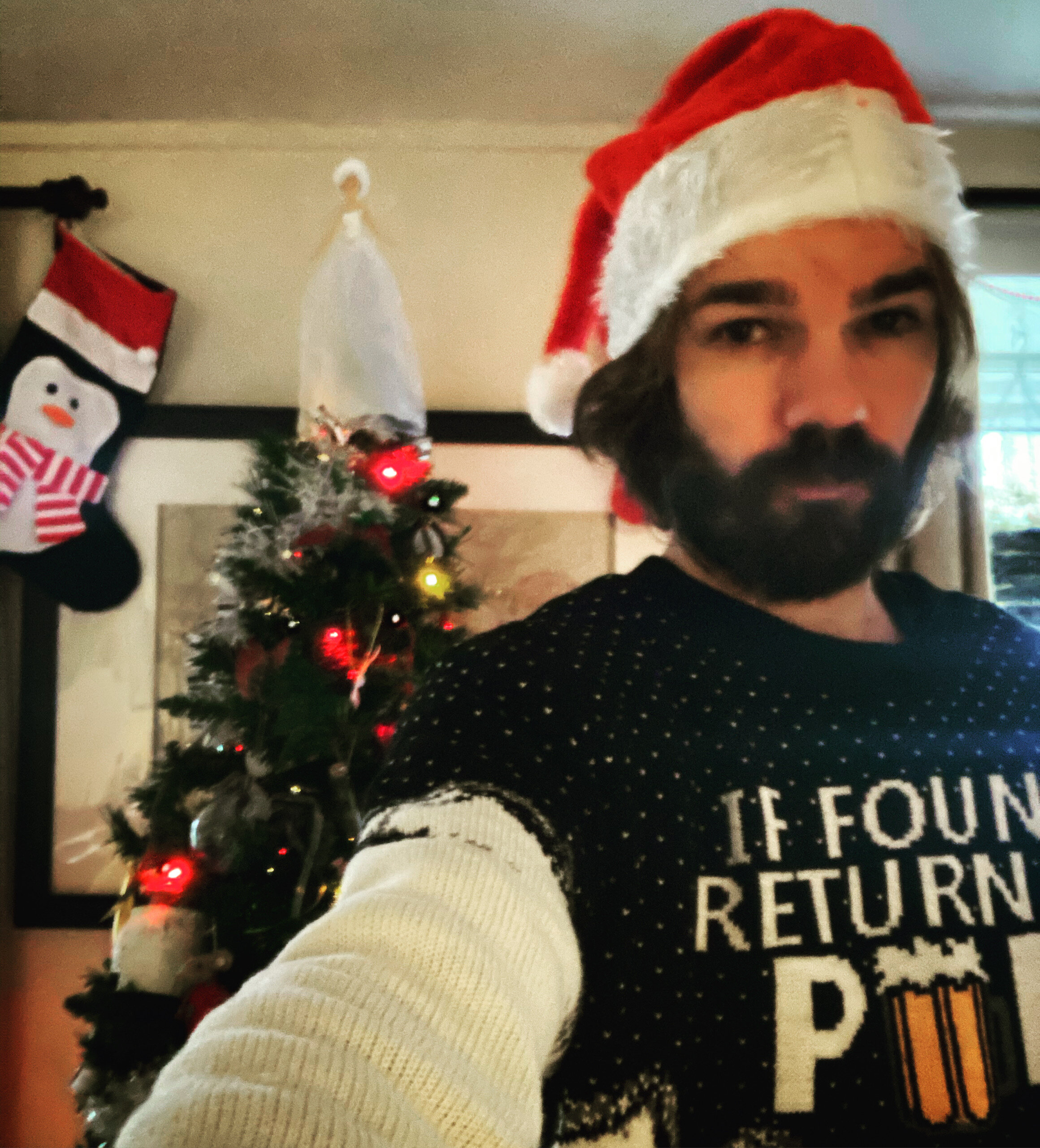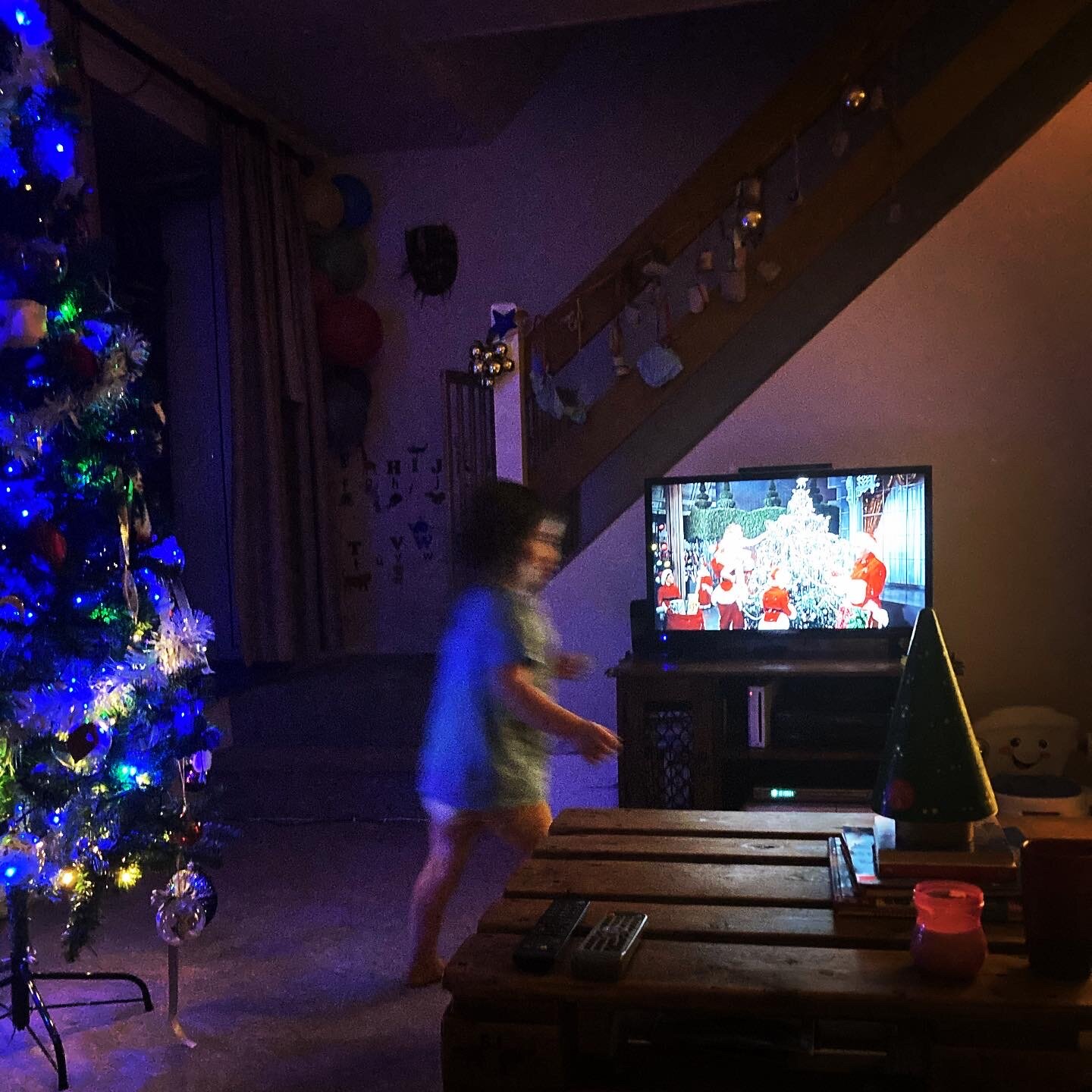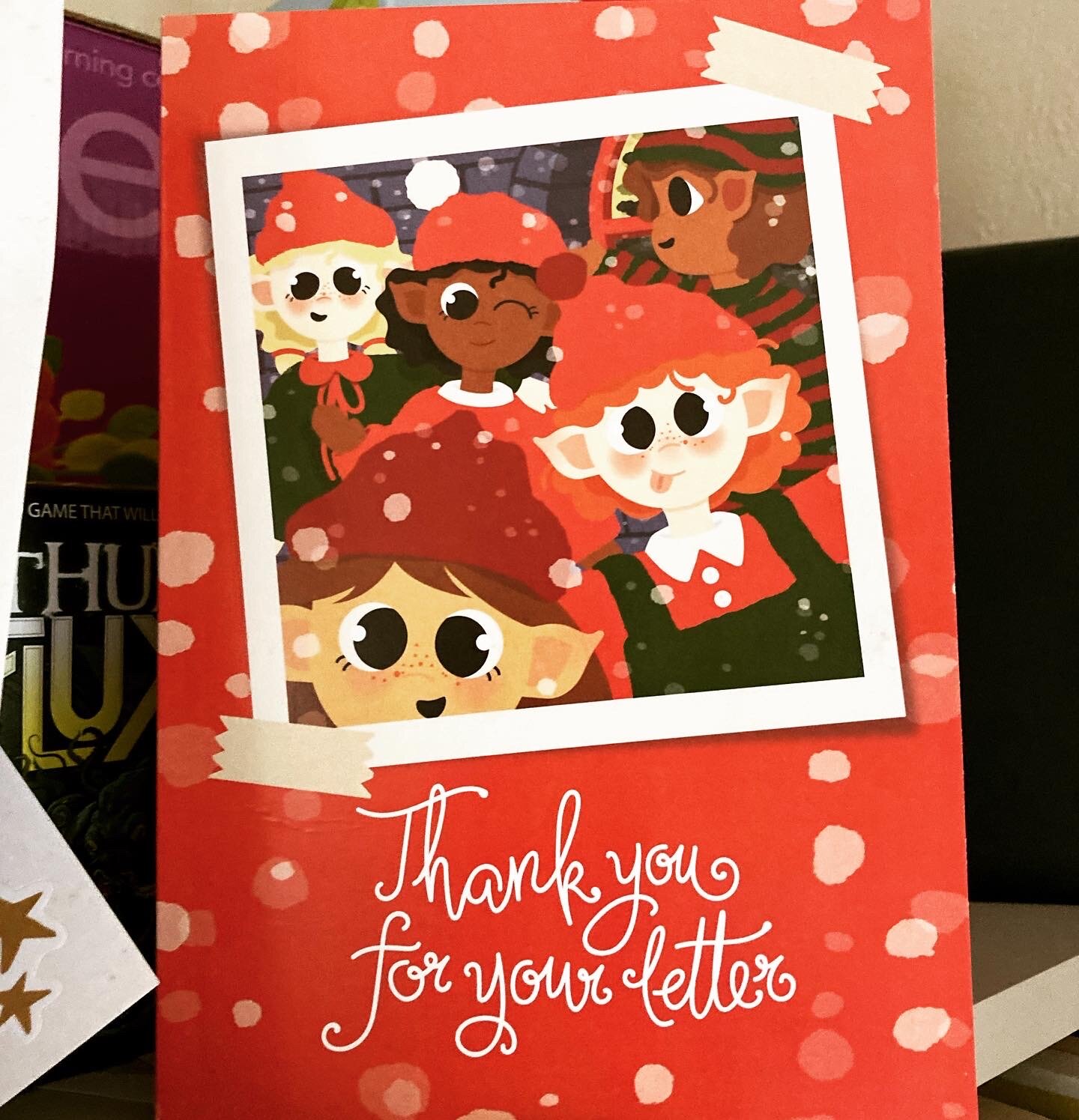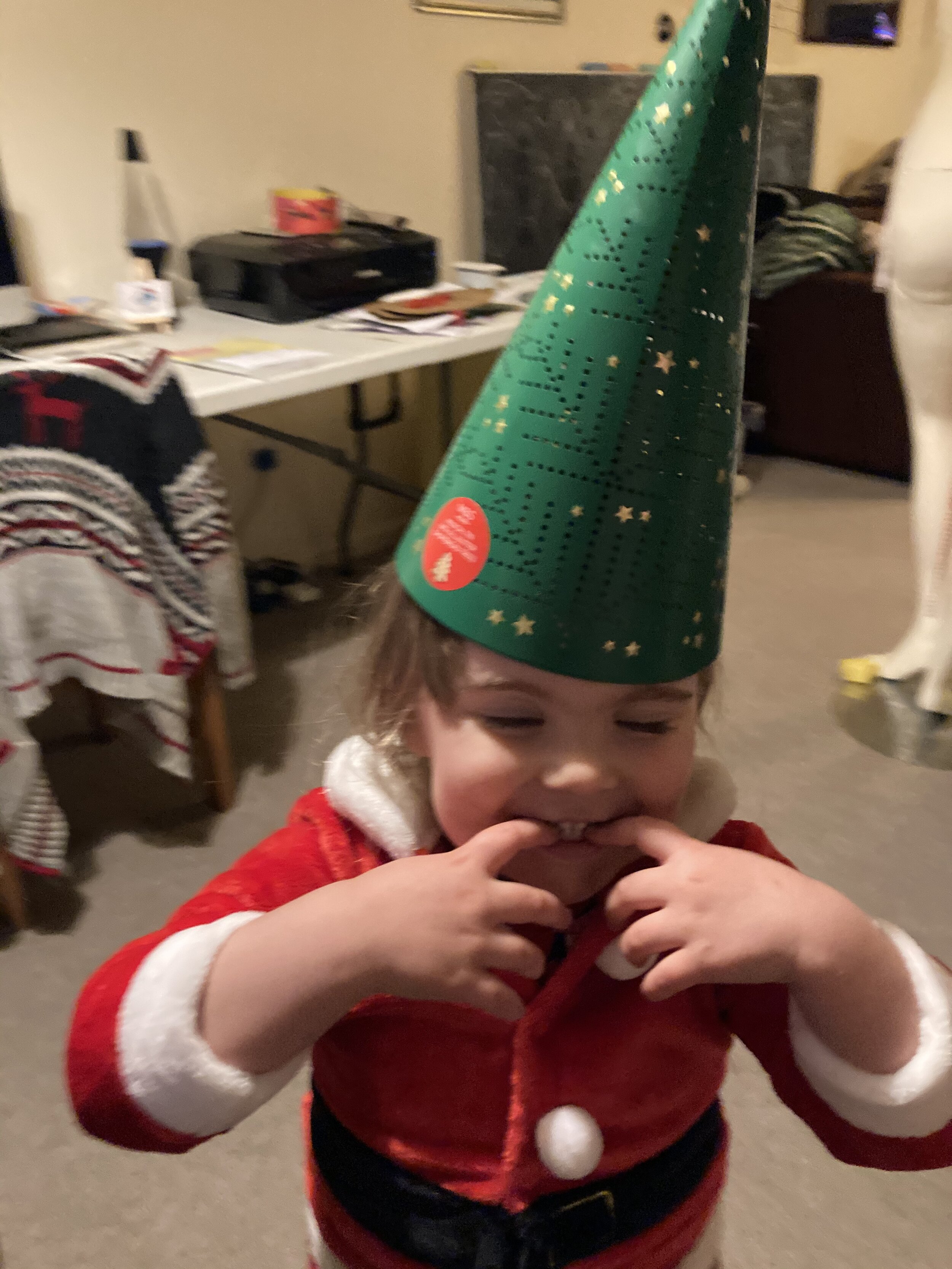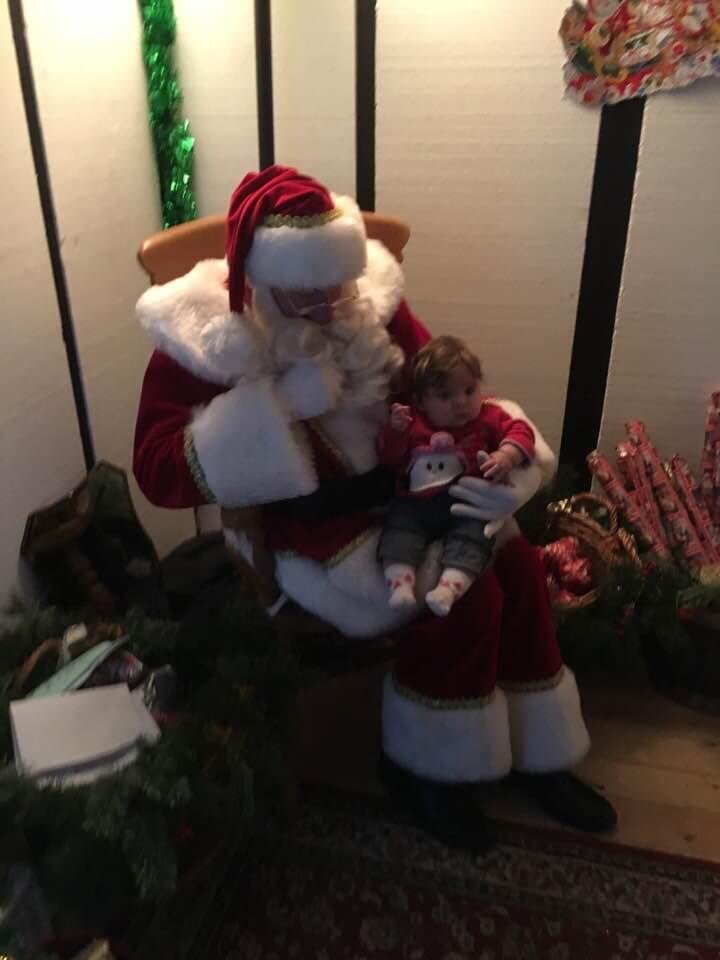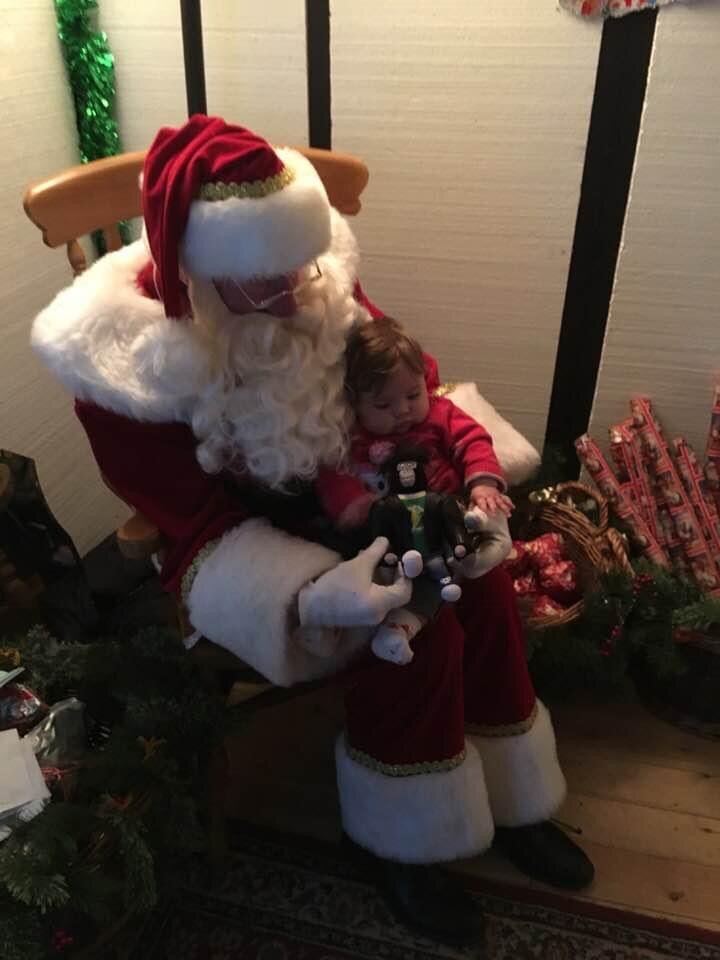I had an idea to offer something a little bit festive for this strangely isolated end of 2020. We had, like many, hoped to see family over Christmas, but alas the continued restrictions mean we are in Tier 78 or something and will be spending this Christmas just the four of us.
It got me to thinking about the Xmas holiday in its modern guise, and what it means to our little family. It also got me thinking about the many histories behind our current ceremonious displays and colourful traditions at this time of the year.
Now, I admit to being an absolute Christmas nut! I love the festive period, I get completely carried away in it. It is the contemporary character of the holiday that really brings me cheer. I love the incredible lights and decorative displays across the globe, I adore the utterly ridiculous movies and music that accompany the final manic month of the year and I have a Christmas jumper collection that could be the envy of anyone.
In years gone by, I have always found this time of the year to be filled with happiness and warm feelings. Families and friends make that extra bit of effort to reconnect, to meet and enjoy the winter evenings and weekends in cosy pubs and cafes, travelling long distances to see loved ones, the mass exchange of thoughtful gifts, consumption of spectacular food and drink combinations, good company and a surreal sense of celebration which has evolved from a complex history of fascinating spiritual events, far too intricate to unpick in any family blog offering.
As the chilly darkness of the year reaches its dramatic climax and finally retracts, bringing with it the hope of warmth and wonders to come, our little family finds itself wide eyed and excited about the imminent approach of that most famous of festive figures....
Santa Claus
Santa has gone by many names over the centuries, St Nicholas, Kris Kringle, Sinter Klaas and many more. These are merely the multitudinous segments of our jolly modern hero. We know him as a large, rosy faced, joyous old gentleman with a fluffy white beard and stylish red suit who once a year, delivers gifts to the good children all across the planet on Christmas Eve. The North Pole is both his home and the location of his workshop, where every year, he is assisted in the creation of fabulous toys by a relentlessly hardworking Elfish labour pool. He flies a fantastic sleigh through the midnight skies; fearlessly led by his nine trusty reindeer... can you name them all?
This is the magical character development as it currently stands. If history tells us anything, it is that his evolution is not yet complete. Santa Claus will undoubtedly continue to shift to meet the desires of contemporary audiences worldwide.
So where did it all begin? Well, as you can probably imagine, the threads of historical understanding regarding this phenomenal figure are varied, wide spread and rather difficult to explore without an occasional stretch of the imagination.
Our story seems to begin in the 3rd – 4th century AD, when a Christian monk in modern day Turkey performed a number of fantastic feats which inspired his veneration. Folk tales about St Nicholas of Myra include him giving away all of his wealth to help the poor and destitute and achieving such accolades as halting a violent storm to save stranded sailors, giving money to a father so he would not have to sell his daughters into a life of prostitution, and even the resurrection three brothers who were dismembered by a cruel butcher.
Stories of St Nicholas and his gift giving spread across Europe and his image was taken on by many as an inspirational figure. He became the patron saint of several subjects including sailors, archers and wolves, but most importantly... children.
In the Dutch language, St Nicholas became Sinterklaas. His legend grew to include all manner of fantastic folklore and festive magic. Separate figures emerged across the globe. In England, during the Tudor period, people celebrated the spirit of Father Christmas, focusing on a celebration of the 25th December rather than St Nicholas name day of December 6th. This early Character of Father Christmas was a huge jolly man in scarlet robes with a white beard, contrary to various internet rumours which would have us believe Coca Cola the inventors of our modern vision of Santa! The French Father Christmas was known by the name of Père Noël, who went house to house on his Christmas donkey filling the shoes of good boys and girls with gifts on Christmas Eve.
A happy old elf called Jultomten apparently delivered gifts to the little children of Scandanavia, in a fabulous goat drawn sleigh! Well behaved Swiss and German children were said to be visited at Christmas by Christkind or Kris Kringle, a wondrous angel who often accompanied old St Nicholas. Amongst the ancient northern pagan populations, Santa Claus is sometimes closely associated with Odin, whose white beard, hooded cloak and adventures soaring through the midnight skies on the Yuletide wild hunt, all the time giving gifts to the worthy, can all be closely compared to our modern icon.
As the years went by, countless reimagining’s would eventually conflate the various images into a universal figure of the Christmas Spirit, our modern Santa Claus, a common hero for boys and girls everywhere.
Then of course, there is a darker side to the Christmas legends, the anti-Santa if you will. In many countries around the world, Santa may visit the good girls and boys. However, if there happen to be any naughty children out there, they can expect a visit from an altogether more sinister figure... The Krampus!
The Krampus is a half man half goat figure who probably emerged from pagan traditions. His name and image seem to have evolved within Austrian Alpine folklore. He is one of a number of Christmas villains to have been created from the traditional fears of winter and darkness. Whilst Santa travels the globe rewarding all the good little girls and boys, the Krampus would seek out those naughtier children, and drag them to hell!
So, whatever you do girls and boys... be sure to be good...
Since Emily Archaeomum and I met, we have spent Christmas day in no less than four different cities, as well as visiting family homes for additional Christmas adventures. Throughout, we have managed to keep several personal traditions alive including the wearing of penguin pyjamas, having the same Xmas tree, stockings and Santa sack, and some absolute mammoth marathon movie sessions! (this year we are approaching around thirty Christmas movies viewed, I think our record may have been somewhere in the seventies... back when we had less distractions!)
This year is a wondrous one for us. It is the first Christmas that Audrey has really gotten excited about. She is eagerly awaiting, in her own words, Santa coming on Christmas Day and giving all of my toys back!...
Well, she almost gets it
As we reach the final furlong, with gifts wrapped and stockings filled, advent calendars looking bare and batteries replaced in all the fairy lights, I am pleased to say that despite a difficult year in many respects, we are fortunate to be able to spend it together.
More than this, thanks to the many marvels of Science and Technology, and despite the horrors of a pandemic stricken planet, we find ourselves amongst the most fortunate as we will still have the power and ability to connect remotely with those we love on Christmas day.
Our little Archaeofam could not be more thankful for this. Whilst it will be a very different Christmas to any we have ever experienced before, we will try to make the very best of it. We feel incredibly grateful for such modern marvels and worldly wonders.
So from our Archaeofam to yours, with our greatest festive spirit slightly bruised, but not altogether battered, it only remains for us to wish you all a very Happy Christmas, Happy Holidays or just a wonderful weekend. We hope to see you all in a future adventure, during a brand new year.
Oh, and if you were struggling...
Dasher, Dancer, Prancer, Vixen, Comet, Cupid, Donner, Blitzen and of course, Rudolph!

